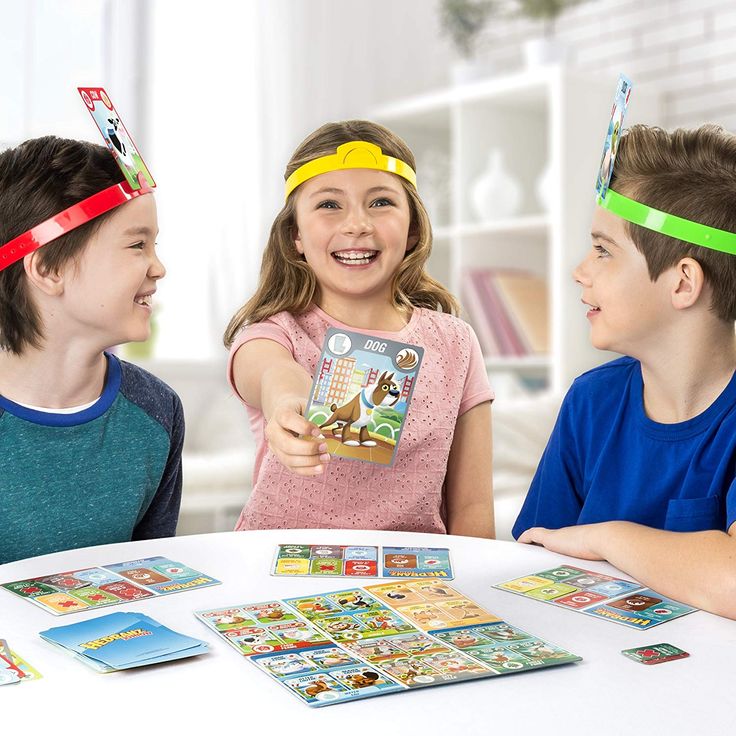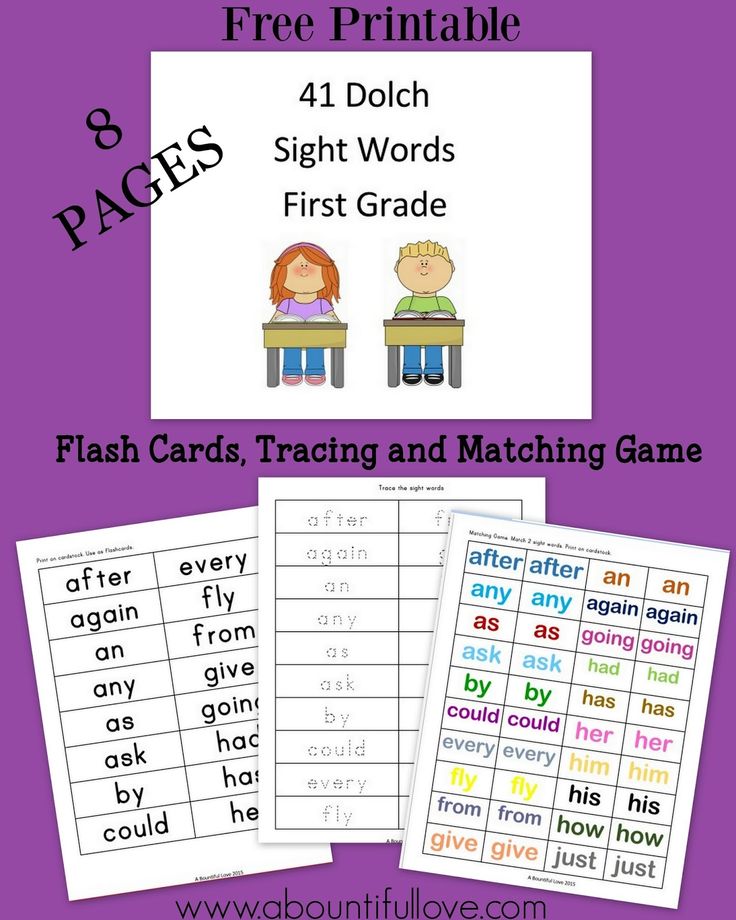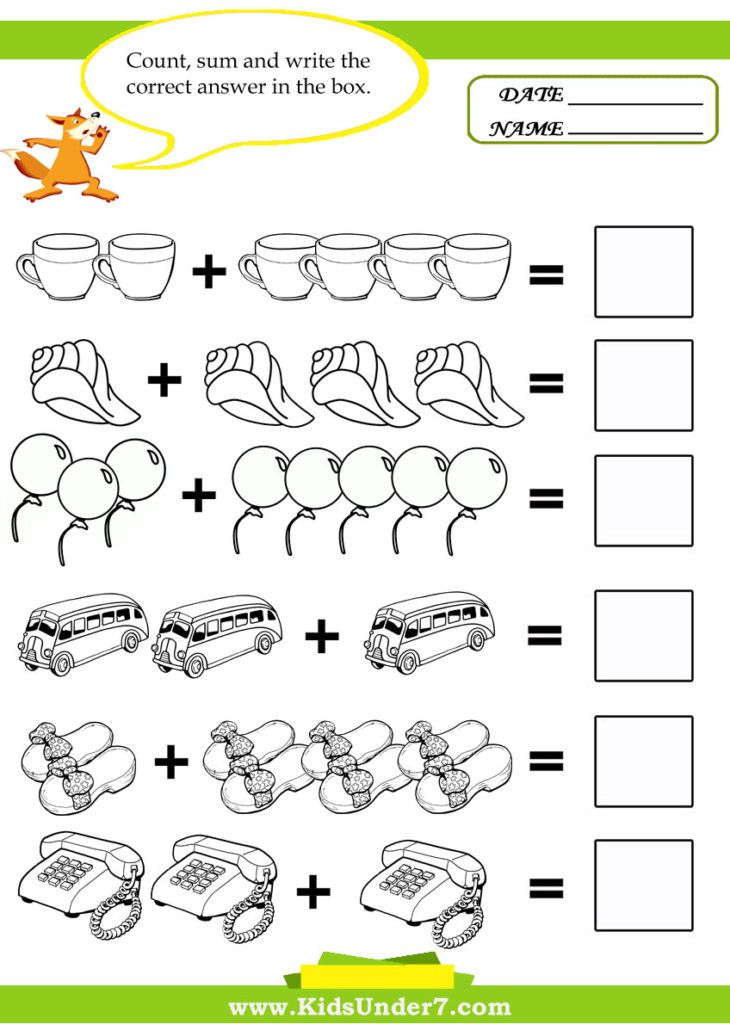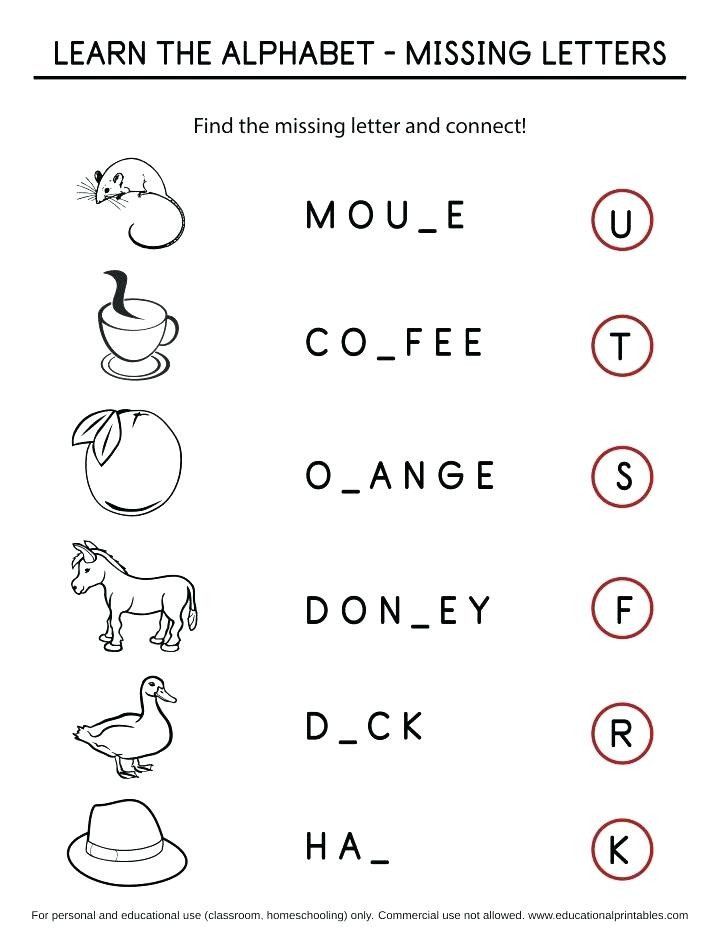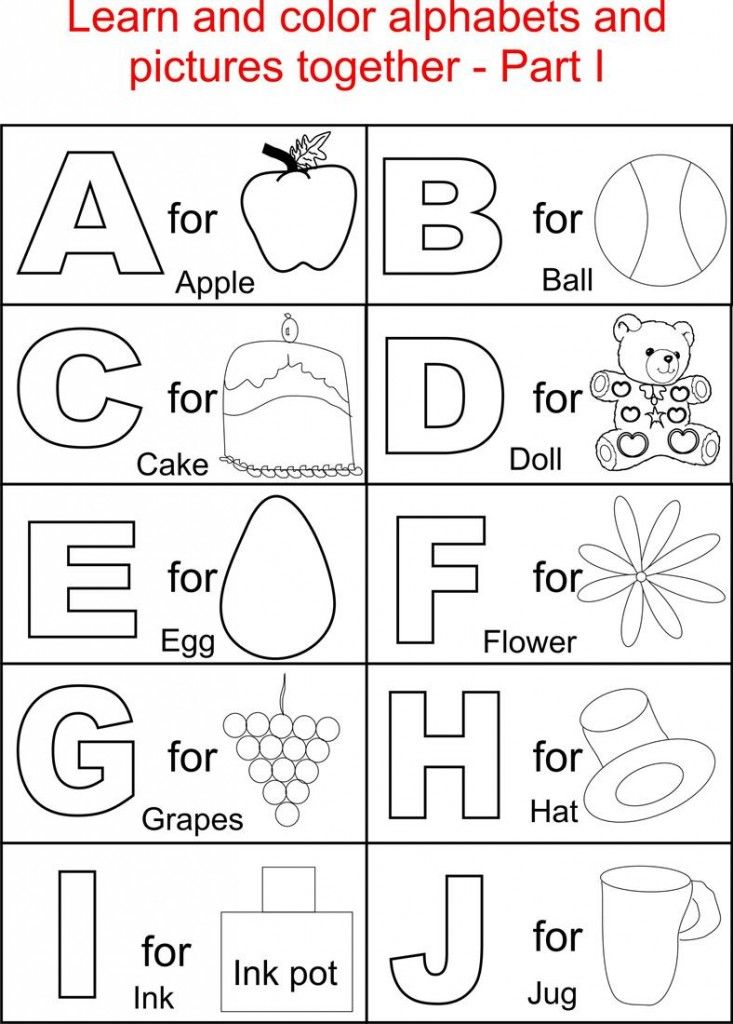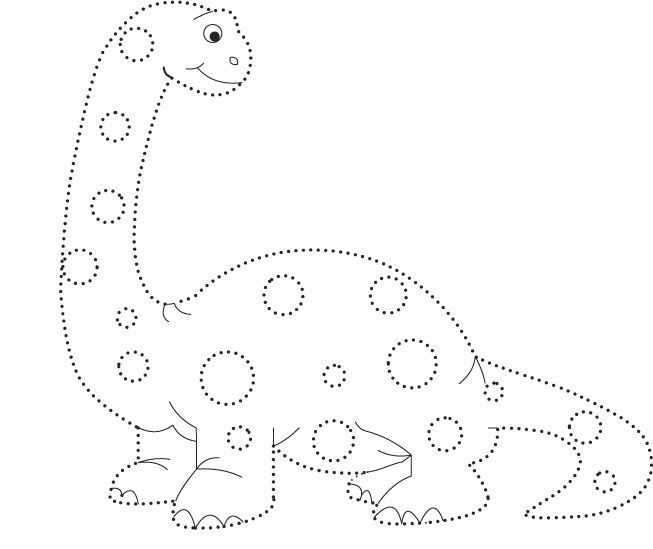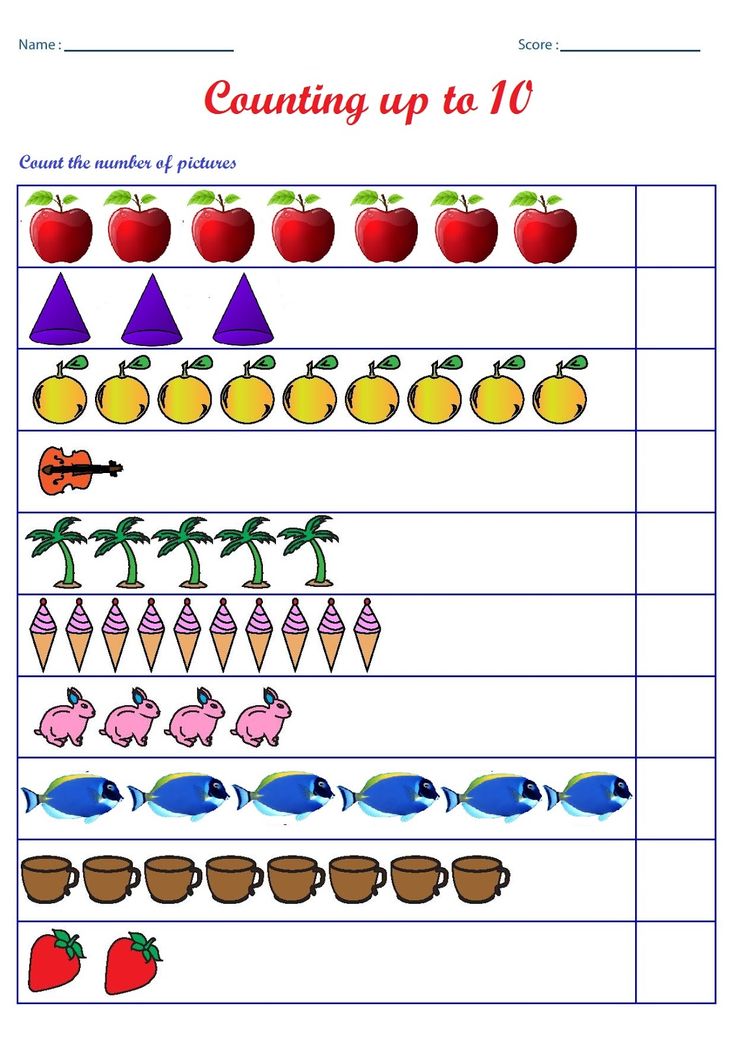School work for 3 year olds
Educational Activities for 3 Year Olds
Looking for things to do with your child? Check out these learning and educational activities for 3 year olds for at home or outdoors.
Like many moms, I wanted to engage with my 3 year old at home, providing him with activities that were not only fun, but educational as well. I was that mom who collected leaves and counted the steps on stairs we took.
At the same time, I also understood that educational activities can get… over the top. We don’t need to stress out about “teaching,” so much as inspiring our kids’ curiosity and desire to learn.
You see, so many of us can feel like we’re not doing enough educational activities. That we’re somehow “behind” what other moms are doing with their kids. We assume that every moment spent should be a learning opportunity, or that we need to provide better toys or experiences.
Educational activities for 3 year olds
But thankfully, it doesn’t take much to teach and engage with your child. These educational activities for 3 year olds can keep her entertained while learning the fundamentals along the way. They’re geared for even the shortest attention span, or for kids who easily tire of doing the same thing for long stretches.
They’re also perfect to give your caregiver ideas to do with her during the day while you’re at work. You don’t need expensive toys or classes galore to make sure she’s off to a great start. These easy, doable, and even practical activities are more than enough to teach and engage:
1. Activities that promote fine motor skills
One of the best activities to practice with your 3 year old is his fine motor skills. Developing dexterity and muscles in his hands will set the foundation to hold a pencil, cut with scissors, and button his clothes.
Writing with pencils and crayons aren’t the only ways to develop fine motor skills, either. Take a look at these activities that will also do the trick:
- Threading string through items.
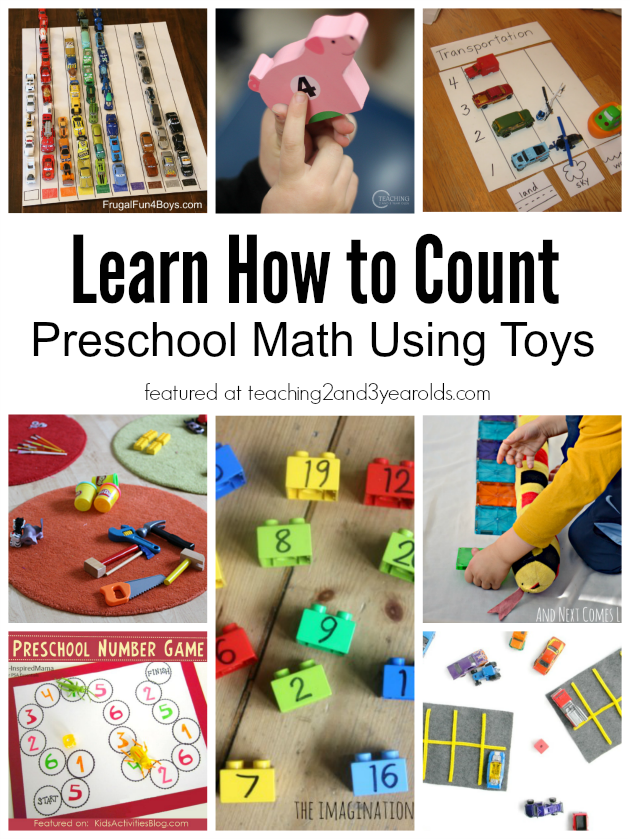 Start with large pieces, like dry rigatoni pasta and shoelaces, before moving onto smaller items like beads and thread.
Start with large pieces, like dry rigatoni pasta and shoelaces, before moving onto smaller items like beads and thread. - Pipe cleaners and a colander. Sticking the ends of pipe cleaners into a colander was one of the activities that intrigued my 3 year old for a long stretch. Turn a metal colander (one with circle holes) upside down. Then, have your child stick one end of a pipe cleaner into one hole, and the other into another hole. See what creations and patterns he can make!
- Glue sticks. Make a collage of pieces of paper and glue sticks. First, tear paper into small pieces—start off with 2″ pieces and gradually cut them smaller. Then, show him how to glue one side and stick it onto a larger piece of paper.
Check out these Montessori fine motor activities for more ideas.
2. Writing letters and numbers
Disclosure: This article contains affiliate links, which means I will earn a commission—at no extra cost to you—if you make a purchase.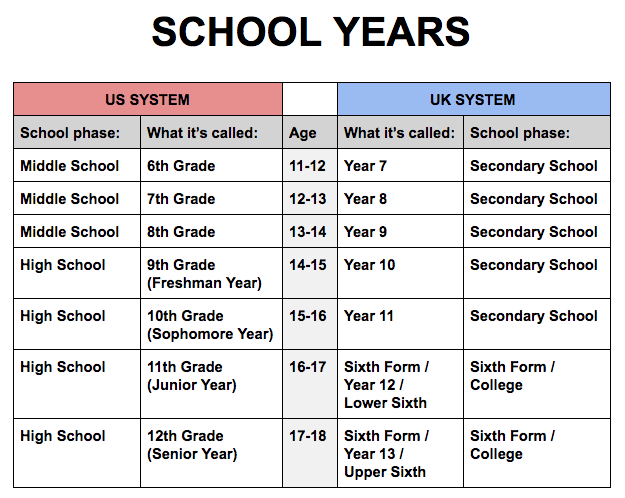
Even if your 3 year old can’t read or write just yet, you can begin practicing writing letters and numbers.
Incorporate playful and unconventional ways to write, like tracing her finger on sand, or making letters with play dough. Teach her the alphabet by finding the letters in your environment. You can always make learning letters and numbers fun—no pressure needed!
Take a look at these ideas:
- Go down the alphabet. Pick one letter and talk about it throughout the day. You might color a page of the letter, describe the different sounds it makes, or find things in the room that start with that letter.
- Use a dry erase board. Peel-away “markers” leave less mess than traditional markers, and allow her to write and erase as often as she’d like.
- Write letters and numbers with chalk. Whether on the sidewalk or a chalkboard, writing with chalk is another fun way to practice holding writing tools.

- Combine magnetic letters and a cookie sheet. Have a set of magnetic letters and numbers? Combine them to make words on a cookie sheet! The cookie sheet makes for a fantastic portable “board” she can place on her lap or take with her.
Free printables: Help her trace and recognize the letters and numbers with sample worksheets from my digital workbook, Letters and Numbers! Join my newsletter and grab them below—at no cost to you:
3. Daily tasks and lessons
A simple way to incorporate learning activities for 3 year olds is to use your daily tasks as “lessons.” So much of what your child sees is an opportunity to learn without needing to do things too differently in your day.
A few ideas you can do:
- Counting. Count how many times you push her on the swing, the steps you take up the staircase, or the peas on her plate.
- Measuring. Invite her into the kitchen as you cook.
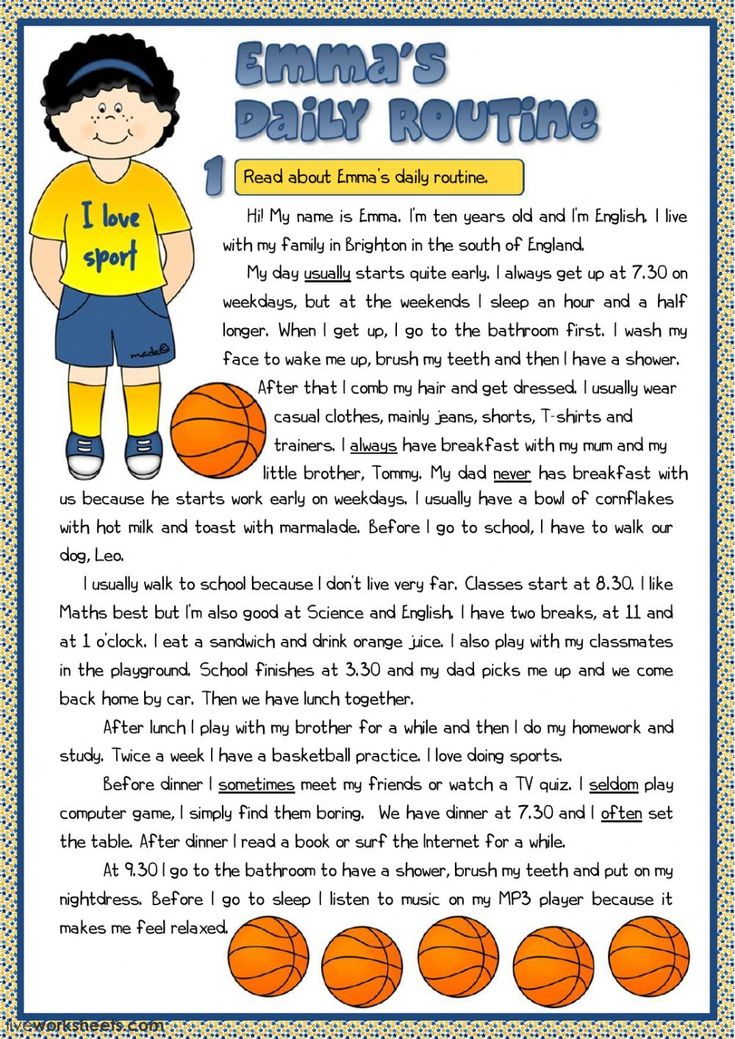 Say out loud how many cups, tablespoons, or pounds you need with each ingredient.
Say out loud how many cups, tablespoons, or pounds you need with each ingredient. - Sorting. Doing laundry? Sort the piles into types of clothes (and encourage her to find pairs of socks). Playing with blocks? Sort them into piles of the same color.
4. Educational games
Games are a fantastic way to practice social skills, have fun, and learn new things. Board games, simple card games, puzzles, and “conversation starters” work well. Here are a few ideas:
- Puzzles. Don’t be afraid to challenge her with bigger puzzle pieces. Even if she doesn’t finish a puzzle in one sitting, encourage her to keep trying to finish it at another time.
- Card games. Memory games (finding and pairing similar cards) and matching games are simple to do just about anywhere. Find “kid-friendly” card games like these instead of a standard deck so she has an easier time identifying the cards.
- Board games.
 Many board games are now available for your 3 year old, but keep an eye out for the age recommendations. Some are still geared toward older kids, so stick to those suitable for the younger crowd.
Many board games are now available for your 3 year old, but keep an eye out for the age recommendations. Some are still geared toward older kids, so stick to those suitable for the younger crowd.
Get more activities for 3 year olds.
5. Open-ended play
Don’t think that letting your child play is “wasted” time to learn—the opposite is true, in fact. Kids learn best through play, especially open-ended play where they’re not bound by preset limitations. This allows them to think creatively and come up with unique solutions.
Take a look at these ideas to nurture open-ended play:
- Blocks. The simpler the blocks, the better. Allow your child to create whatever he’d like from the blocks in front of him.
- Dress up and pretend. Set aside a box filled with costumes and dress-up clothes. These can be “career” outfits like a firefighter outfit, or even your knickknacks like old necklaces and hats.
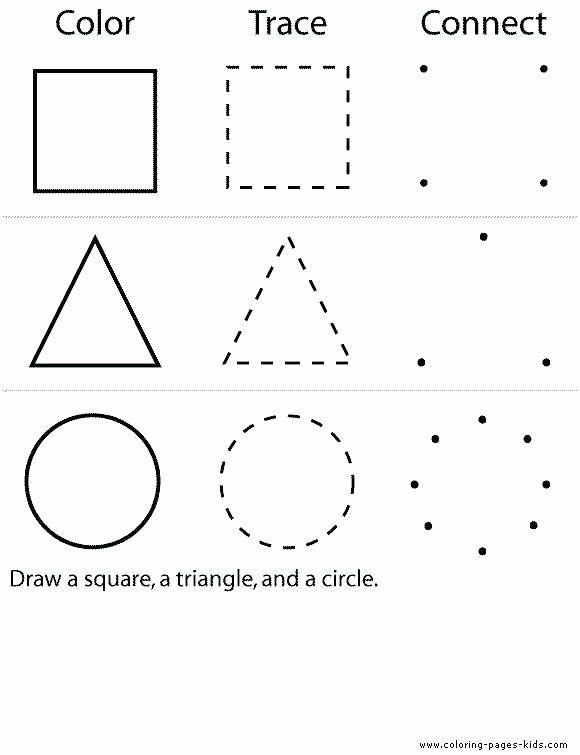 A pretend kitchen was also a big hit in our house, as my kids were able to come up with pretty amazing stories and games as they “cooked.”
A pretend kitchen was also a big hit in our house, as my kids were able to come up with pretty amazing stories and games as they “cooked.” - Art supplies. Don’t feel like you have to come up with cute crafts—a box of art supplies is all your 3 year old needs to get creative. Crayons, pencils, play dough, and finger paint can make for a fantastic experience crafting and creating. You can also introduce labels by pointing out the shapes she makes from play dough or the colors of the paint.
Get more tips on how to encourage open-ended play.
6. Field trips
Feeling cooped up at home with your 3 year old? Plan a few “field trips” to local spots! Not only will you fill your time together, you’ll also expose her to new activities and lessons while you’re out. Nearly any outing will be a learning experience, but look for places catered to kids. A few ideas include:
- Child-friendly museums. Some museums are geared to children (My favorite is Moxi in Santa Barbara).
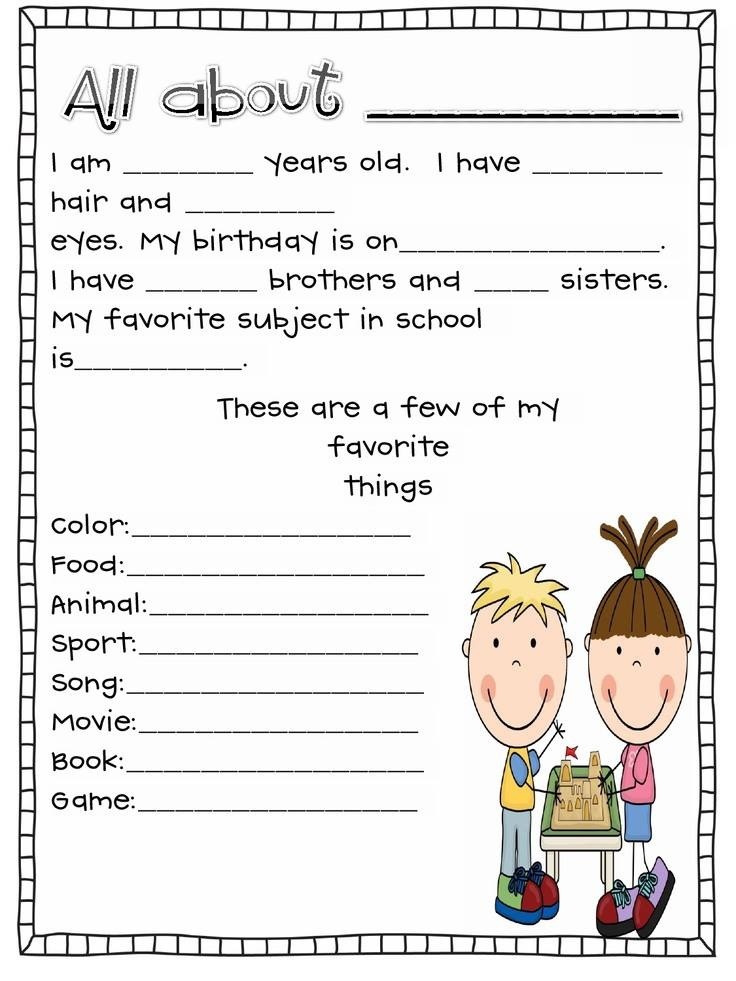 Others are for general audiences with a children’s area. Hands-on exhibits will make the experience fun for both you and your child.
Others are for general audiences with a children’s area. Hands-on exhibits will make the experience fun for both you and your child. - Library story time and activities. Many libraries host these events for toddlers and preschoolers. From playing with building toys to making magnetic slime to creating your own jewelry, libraries are fantastic places to take her.
7. Activities that encourage curiosity
Take advantage of your 3 year old’s natural curiosity with just about everything. Encourage her questions, no matter how silly (or “annoying”). Expand her world through books and resources, and show her just how many amazing creatures she can discover.
Here are a few ideas to nurture her curiosity:
- Explore your local outdoors. Step outside to your backyard, garden, or local park and look for bugs and creatures she can observe. Use a kids’ magnifying glass like this one to talk about different leaves and flowers.
 Let her help you garden by filling pots with soil and pulling weeds from the ground.
Let her help you garden by filling pots with soil and pulling weeds from the ground.
- Show her a map or globe. My kids love looking at a map of the world, even from a young age. Your child can compare countries, point out where she lives, and learn about the different continents and oceans.
- Read nonfiction books. Don’t forget to include nonfiction books in your regular reading. Books about the weather, how plants grow, or outer space are fantastic ways to explore the world from the comfort of books.
Check out these preschool outdoor activities for summer.
Best practices for educational activities for 3 year olds
Now that you have a few ideas on what to do with your 3 year old, take a look at these best practices for helpful tips:
- Stick to a weekly schedule. It’s easy to feel overwhelmed with all the things you “have” to do. Keep it simple by focusing on a few topics a week.
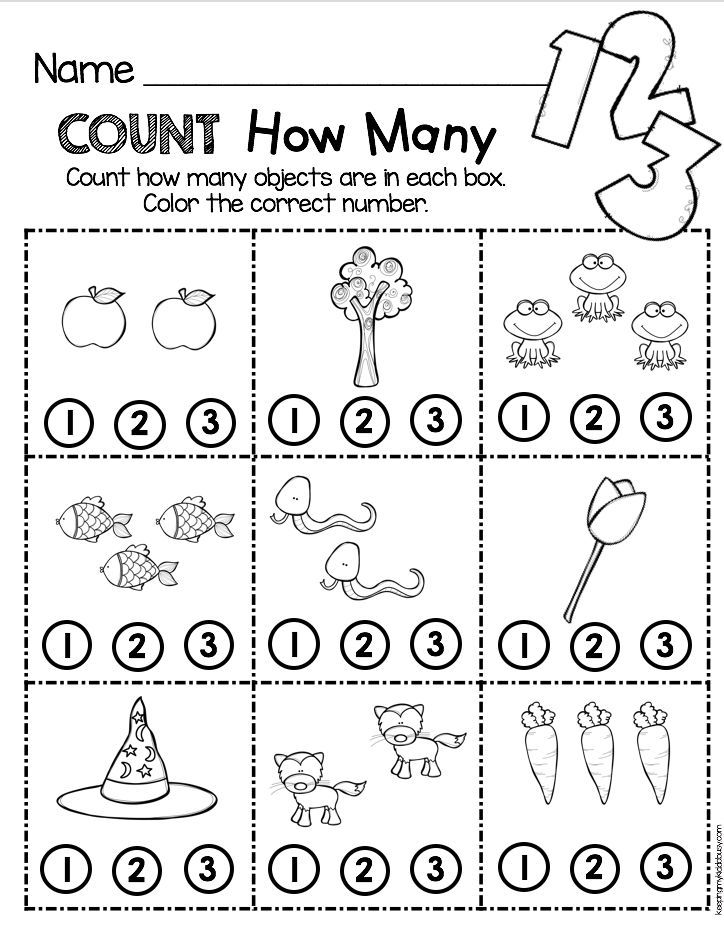 For instance, one week you can focus on circles, the color red, and the letter “A.” The next week, you can focus on squares, the color green, and the letter “B.” Get more tips on how to create a 3 year old daily schedule.
For instance, one week you can focus on circles, the color red, and the letter “A.” The next week, you can focus on squares, the color green, and the letter “B.” Get more tips on how to create a 3 year old daily schedule. - Keep the activities short and frequent. It’s common for kids to lose interest quickly—don’t feel bad if yours can’t sit still for long periods. Instead, keep them short—no longer than 30 minutes at a time. Or intertwine these conversations and activities frequently throughout the day.
- Follow your child’s interests. Kids will learn and pursue their interests. Nurture what’s already there rather than forcing something you think your child should do. If she loves farms, find children’s books about farm animals, visit a local farm, and sing songs about the sounds animals make.
- Rotate toys and materials regularly to reignite her imagination. Old toys will feel new once again after they’ve been out of sight for a while.
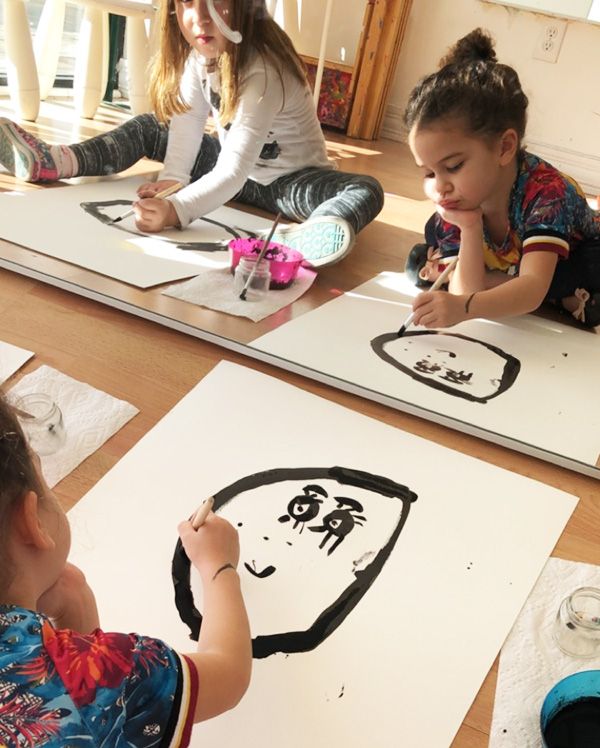
Conclusion
Finding educational activities for 3 year olds has just gotten easier, especially with these ideas. Practice fine motor skills with threading and glue sticks. No need for a formal curriculum when you turn daily tasks into lessons. Play board games and solve puzzles, and practice writing letters and numbers.
Encourage open-ended play with toys and games, and go on “field trips” like child-friendly museums and library activities. And finally, be curious with your child, exploring your local environment like curious scientists.
As you can see, you’re nowhere near “behind” when it comes to helping your 3 year old learn—even collecting leaves and counting steps can do the trick.
Get more tips:
- Best Building Toys to Nurture Creative Play
- 10 Physical Activities for 3 Year Olds
- How to Encourage Your Child to Keep Learning in the Summer
- 25 Awesome Outdoor Activities for 3 Year Olds
- 20 Easy Activities for 3 Year Olds You Can Do Any Day
Don’t forget: Join my newsletter and grab these sample worksheets below—at no cost to you:
36 Fun And Interesting Learning Activities For 3-Year-Olds
Multiple outdoor and indoor activities from all genres for your adorable toddler.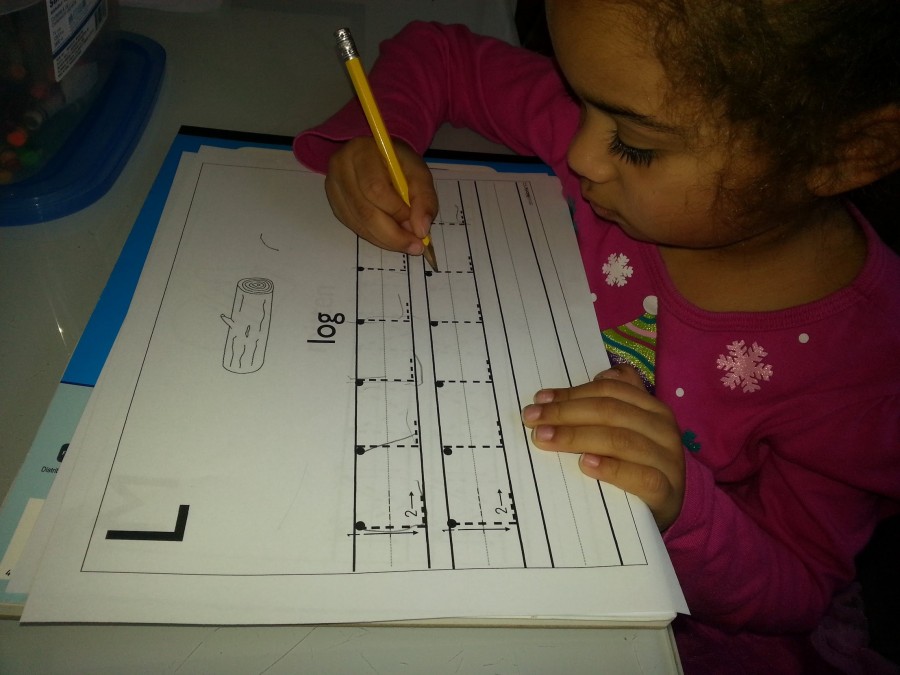
Research-backed
MomJunction believes in providing reliable, research-backed information to you. As per our strong editorial policy requirements, we base our health articles on references (citations) taken from authority sites, international journals, and research studies. However, if you find any incongruencies, feel free to write to us.
Image: Shutterstock
Three-year-olds are very active and keep parents and other family members on their toes all the time. Interesting activities for three-year-olds can help parents channelize their energy in the right direction. While their concentration span increases with age, they may be more restless to satiate their curiosity to explore new things.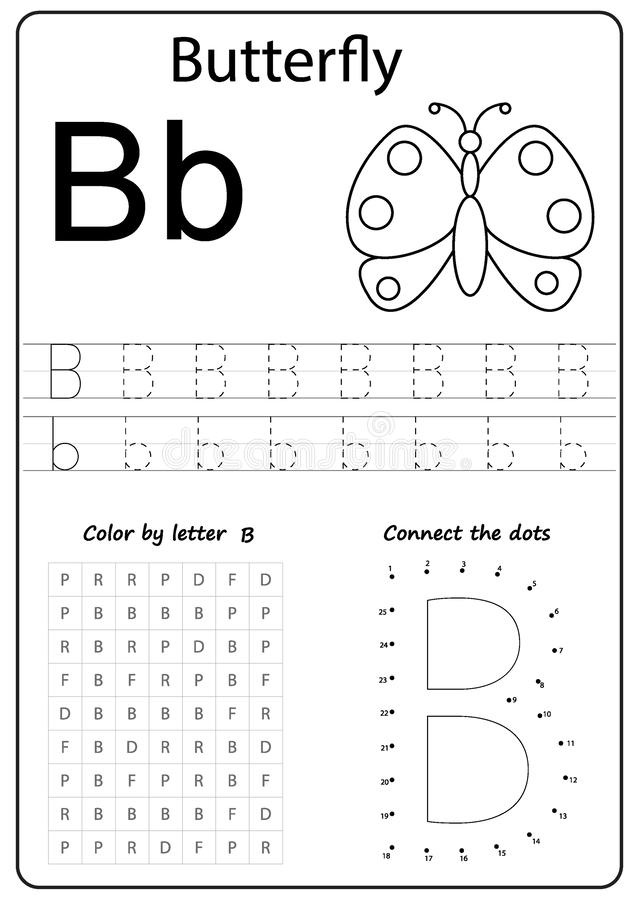 No number of toys or games can hold a three-year-old’s interest for very long. So to keep them engaged in a particular activity for more than just a few minutes, it is inevitable for parents and caregivers to come up with meaningful activities that would cater to their preferences and interests. Read this post where we bring some amusing and educational indoor as well as outdoor activities that keep your three-year-old engaged.
No number of toys or games can hold a three-year-old’s interest for very long. So to keep them engaged in a particular activity for more than just a few minutes, it is inevitable for parents and caregivers to come up with meaningful activities that would cater to their preferences and interests. Read this post where we bring some amusing and educational indoor as well as outdoor activities that keep your three-year-old engaged.
35+ Activities For Three-Year-Olds
Arts And Crafts To Improve Creativity
Art and craft activities are said to improve children’s cognitive abilities as they enable them to use multiple areas of the brain. Using both their hands and fingers also encourages the development of muscles in those areas and could improve their fine motor skills.
Here are a few art and craft activities for three-year-old kids.
Related: 10 Interesting French Crafts And Activities For Kids
1. Fabric painting
For a three-year-old child, fabric painting could be something basic to teach them a few painting techniques, shapes, and colors.
You will need
Old fabric or T-shirts, fabric colors, stencils or chart papers, small sponges
How to do
- Get ready-made stencils or take a thick chart paper and make some shapes like stars, hearts, drops, etc., in it to make your stencil.
- Tape the stencil on the fabric and ask your kids to fill it with color using the sponge.
- Once they are done, remove the tape and stencil to find surprisingly perfect shapes.
- Repeat the process in different parts of the fabric to get a beautifully painted fabric.
Image: iStock
2. Drawing or Painting
You cannot ask a three-year to draw a masterpiece. Instead, you can help them paint or draw something with easily available tools.
You will need
A paper or a drawing book, water colors or acrylic paints or crayons, pencil, fork, brushes, or sponges.
How to do
- Get them an appealing coloring book and ask them to fill the images in it with colors as in the reference image.
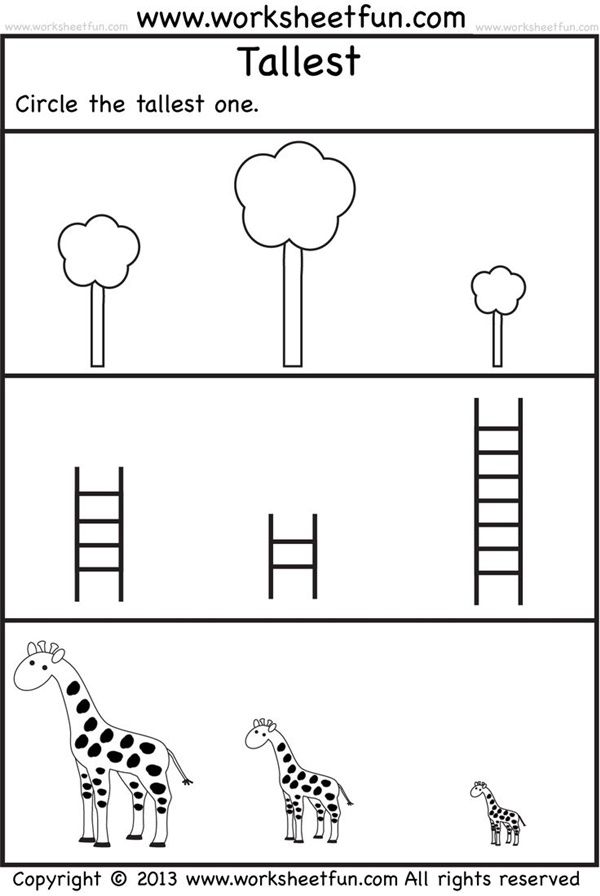
- You can also draw some simple geometric figures like squares, circles, or triangles and ask them to color them.
Image: iStock
3. Pot Painting
Get a plain terracotta or a clay pot from your garden and let your kids add color to it. Be open-ended so that your kids use their creativity to make it beautiful in their way, even if it is not perfect.
You will need
A small empty clay pot, bright colored acrylic paints, a wax paper, and a newspaper.
How to do
- Spread the newspaper on the floor, followed by the wax paper. Keep the clay pot upside down on the wax paper.
- Squeeze acrylic paints around the pot’s edge so that it drips down and colors the sides of the pot. Take one color at a time and do it one after the other.
- Don’t let the paints dry in between. Once the pot is completely covered, let it dry for at least a day.
- You can also keep the canvas clear with a base coat of white or black and ask your kids to paint whatever they wish.

Image: iStock
4. Stamp Painting
This is one of the easiest ways to make your kid paint different patterns without much effort. You can use a variety of objects to create beautiful patterns with this art form.
You will need
Potatoes, lady’s finger, onion, natural flowers, leaves, cookie-cutter, knife, paints, drawing paper, and brushes.
How to do
- This depends on the kind of object you choose. Let’s take a big potato, cut it into half, and with the help of a cookie cutter or a knife, make some shapes out of it. Remove the excess portion, and your stamp is ready.
- Hand it over to your little one along with some paints.
- Simply dip the stamp or paint the stamp with color and press it over a drawing paper or a fabric.
- Once they stamp at different places, you can simply join them with branches, add leaves and pot to make a flower pot or bouquet.
You can also use other objects like onions, ladyfingers, flowers, and leaves to make natural patterns.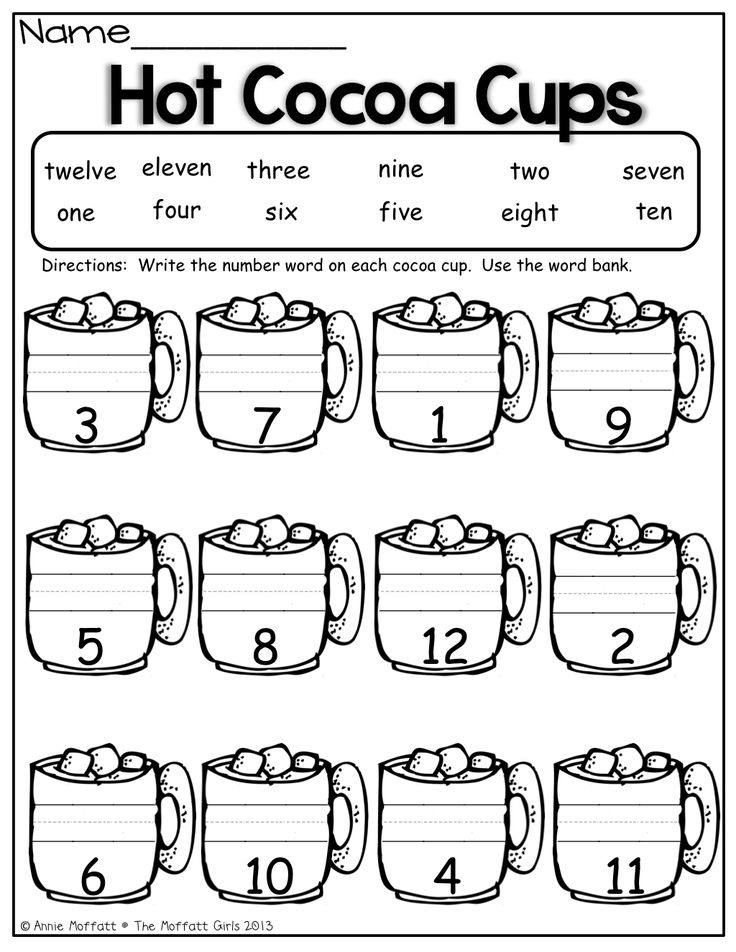
Image: iStock
Related: 20 Unique And Fun Painting Ideas For Kids To Try
5. Cup Painting
You can paint the cups and also make different creatures using painted paper cups and everyday items.
You will need
White paper cups, paints, brushes or sponges, chart papers.
How to do
- Give a base coat to the cups with the color of the creature. Let’s say you’re making a chicken. Paint the cup yellow.
- Draw its eyes with black and white, and nose red.
- Cut the red chart paper to make its crown and feet and paste them on the top and bottom of the cup, respectively.
Similarly, your kids can create different characters like Peppa pig, angry bird, frog, etc.
6. Paper Plate Crafts
Just like paper cup crafts, the paper plate painting is quite interesting to do. You can make paper plate fans, paper plate turtles, and paper plate sunshine.
You will need
Disposable paper plates, paints, brushes, color charts, ice cream sticks, etc.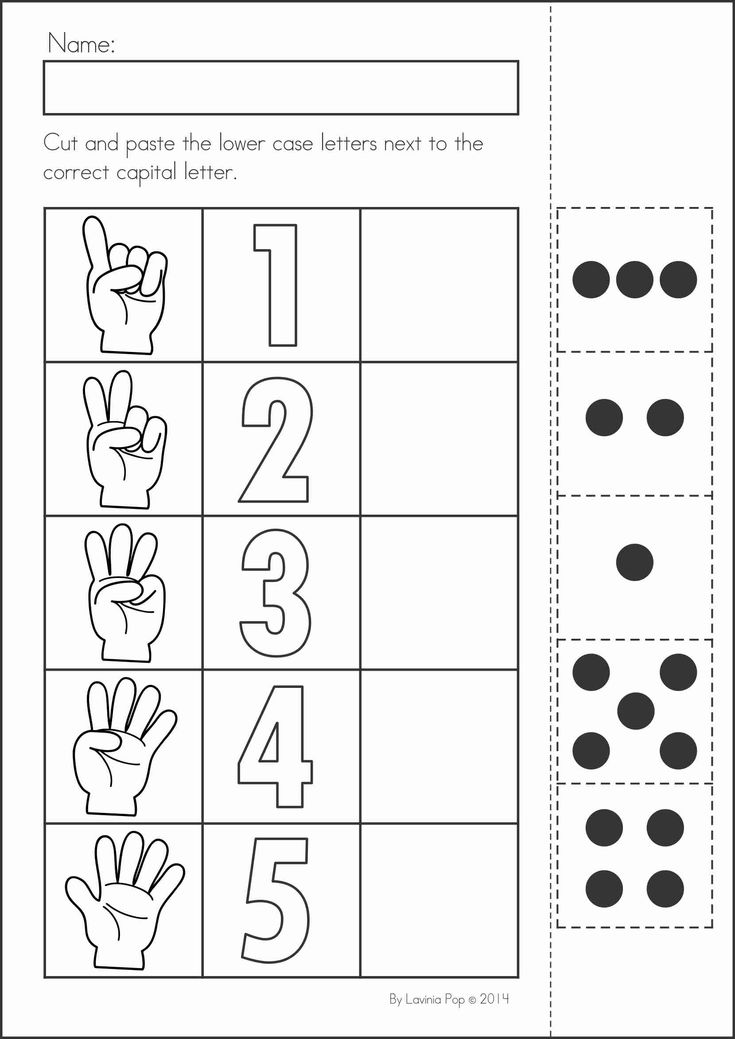
How to do
- Take a paper plate, flip it towards its bottom, and color it with your favorite color or multiple colors.
- Take the colored paper and cut it into six shapes: four feet, one head, and a tail.
- On the head, draw the turtle’s eyes, nose, and mouth.
- Stick all six shapes to the turtle, and that’s it, your paper plate turtle is ready.
You can also make a ladybug in the same way.
Caution
Use only non-toxic colors and paints to protect your little one from hazardous chemicals.
Image: iStock
7. Bird Feeders
A nature craft idea for three-year-olds is bird feeders of different varieties, shapes, and sizes. A well-made one is sure to attract birds to your garden.
You will need
Empty tissue paper rolls, birdseed, twine thread, vegetable shortening, popsicle sticks, and a plate.
How to do
- Using the popsicle stick, ask your kid to spread the vegetable shortening on the empty tissue roll.
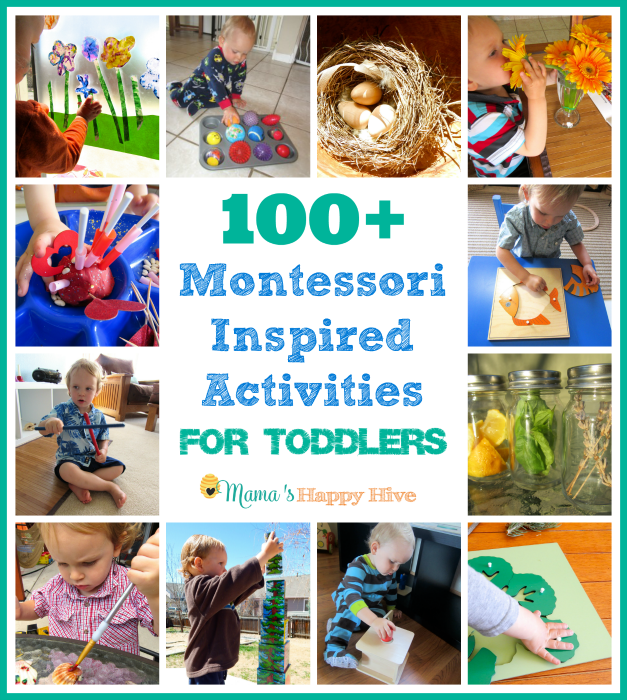 This makes the paper roll water-resistant and helps it to hold the feed in place.
This makes the paper roll water-resistant and helps it to hold the feed in place. - Take the bird feed on a plate and roll the tissue roll over the feed. Make sure the feed gets stuck to the roll completely.
- Pass the twine through the tissue roll and tie it at one end, and your handmade bird feeder is ready.
- Hang the feeder to any tree in your garden.
You can also use pine cones or cardboard to make different feeders.
Image: iStock
Sensory Developmental Activities
Sensory activities for kids stimulate their senses like touch, smell, taste, sight, hearing, balance, and movement. The benefits of sensory activities could include language development, development of fine motor skills, and problem-solving. Listed below are a variety of sensory development activities that would stimulate your child’s senses differently.
8. Playdough Crafts
Playdough is a popular activity that encourages creativity in children.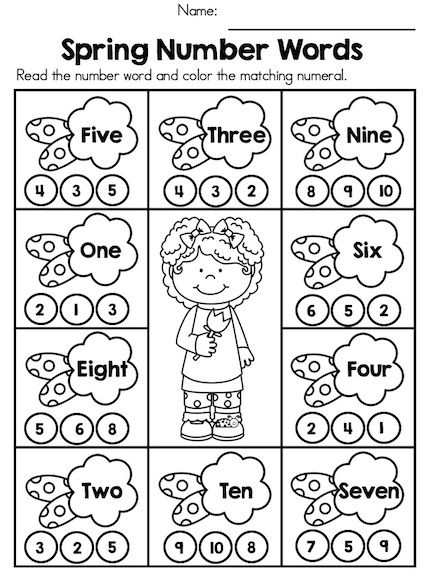 But if your three-year-old has the habit of putting everything in the mouth, you need to exercise some caution. In such cases, you can opt for homemade edible playdough.
But if your three-year-old has the habit of putting everything in the mouth, you need to exercise some caution. In such cases, you can opt for homemade edible playdough.
You will need
Colorful play dough, cookie cutters, play scissors, popsicle sticks, etc.
How to do
Ask your kids to use the play dough to make a simple ball, roll into a snake shape, flatten it with hands or a rolling pin.
Once they master doing these simple things, they know how to use their hands to shape the dough. Then you can ask them to make shapes using a cookie cutter or play scissors and slowly progress into making some small animals and objects.
Image: iStock
9. Pasta Bin Activity
This activity can develop the senses of touch and sound in your preschoolers. With a few items available at home, you can try this activity.
You will need
Pasta noodles, a big basket, bottles with caps, measuring jars or cups, a blanket.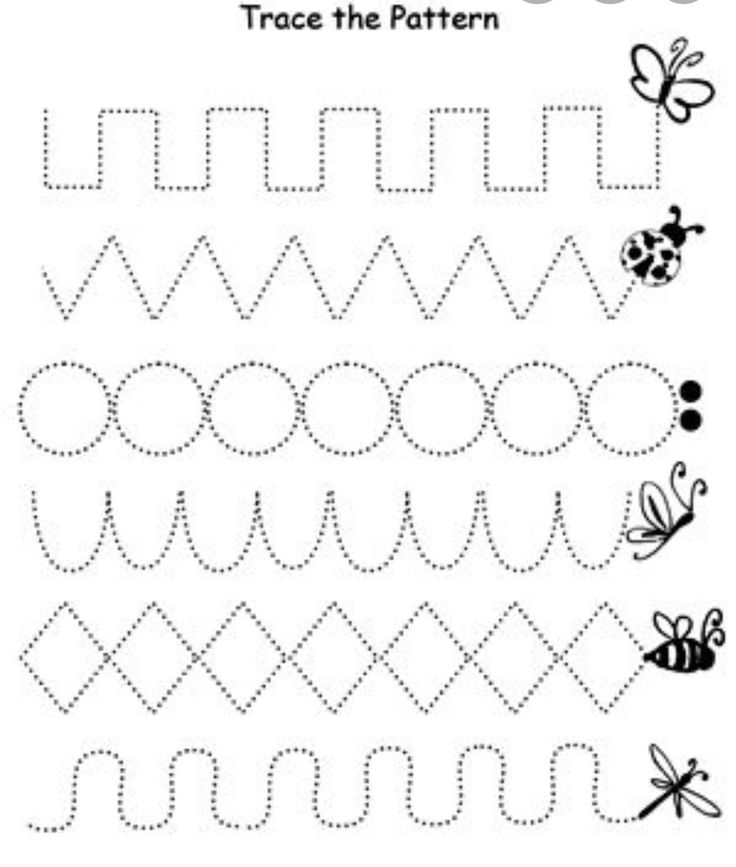
How to do
- Take a big basket and fill it with pasta or macaroni.
- Give the empty bottles to your kids.
- Ask them to fill the bottles with pasta using the measuring jars.
- Once they fill all the bottles, they need to empty them and refill them.
For the sense of sound, ask them to fill each bottle to the half, secure the lid and shake it. Ask them to observe how each bottle is sounding differently, quieter, or louder. Change the quantity of pasta and ask them to check the sound again. Albeit a bit noisy, this activity can be fun.
Image: iStock
10. Frozen Treasure
This sensory activity for three-year-olds requires pre-planning and execution by the parent. It is quite apt during the summer to beat the heat.
You will need
Fresh fruits or small toy figures, freezer-safe containers, a kid-friendly tool kit with a hammer, screwdriver, and pliers, and a big tub.
How to do
- A day before the activity, fill the freezer-safe containers with small fruits like berries, grapes, and cherries, add water, and freeze them.
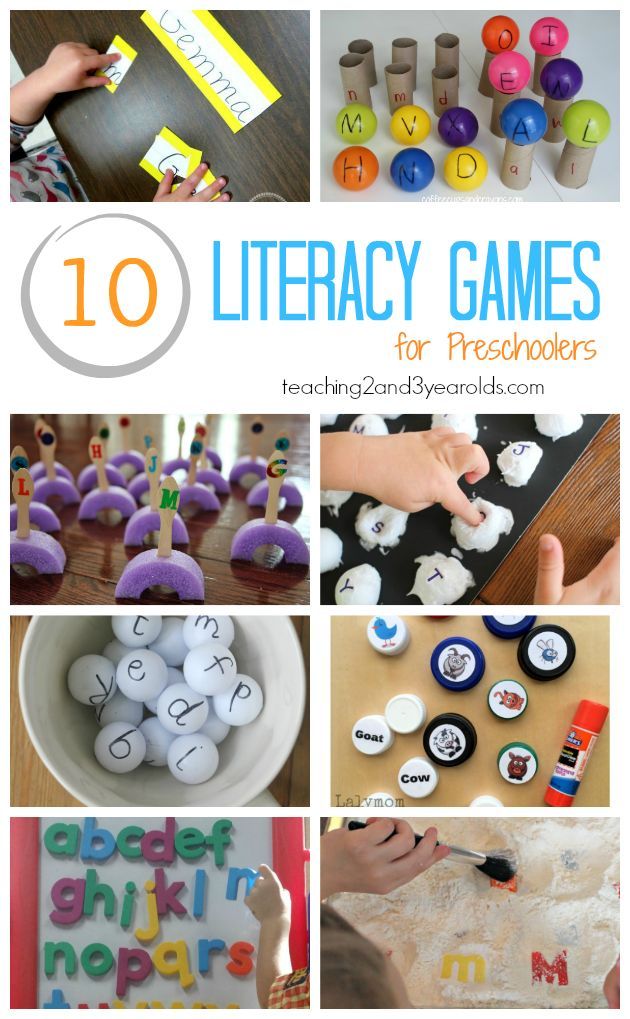 Fill four to five containers with different colored fruits and freeze them overnight.
Fill four to five containers with different colored fruits and freeze them overnight. - On the day of the activity, remove all the ice blocks from the containers and put them in a big tub.
- Hand over the tool kit to your toddlers and ask them to dig and find what’s hidden.
Image: iStock
11. Animal Sound Game
This activity of guessing the sound helps your child develop the hearing ability and also the ability to memorize things. It’s simple and does not require any crafting supplies.
You will need
A phone or a laptop.
How to do
Download some animal sounds, vehicle noises, bird chirpings. Play them for your children and ask them to guess the sound.
If they’re not familiar at first, tell them what the sound is. When they can imitate the sounds and recognize them, you can play the guessing game.
12. Smell It and Tell It
This is similar to the Guess the Sound game; only here, kids have to smell different objects and identify them. They could be edible or non-edible items but must have a unique that makes it easier for them to guess.
They could be edible or non-edible items but must have a unique that makes it easier for them to guess.
You will need
Fresh fruits, flowers, soaps, perfumes, a cloth to blind old, etc.
How to do
- Blindfold your children with a soft cloth and keep various objects before them.
- Ask them to pick one at a time, smell it, and guess what it is.
- Score them for every correct guess and keep aside the incorrectly guessed objects.
- Once they remove the blindfold, show them what they missed.
13. Treasure Hunt in a Sandbox
Kids love playing in the sand. So why not create a sensory game out of it?
You will need
A sensory bin or a big container, sand, coins, jewelry, etc.
How to do
Hide the coins, jewelry, and other toys in the sand. Ask your little one to explore and find all the hidden treasure. To make it more exciting, ask them to find it within a time frame.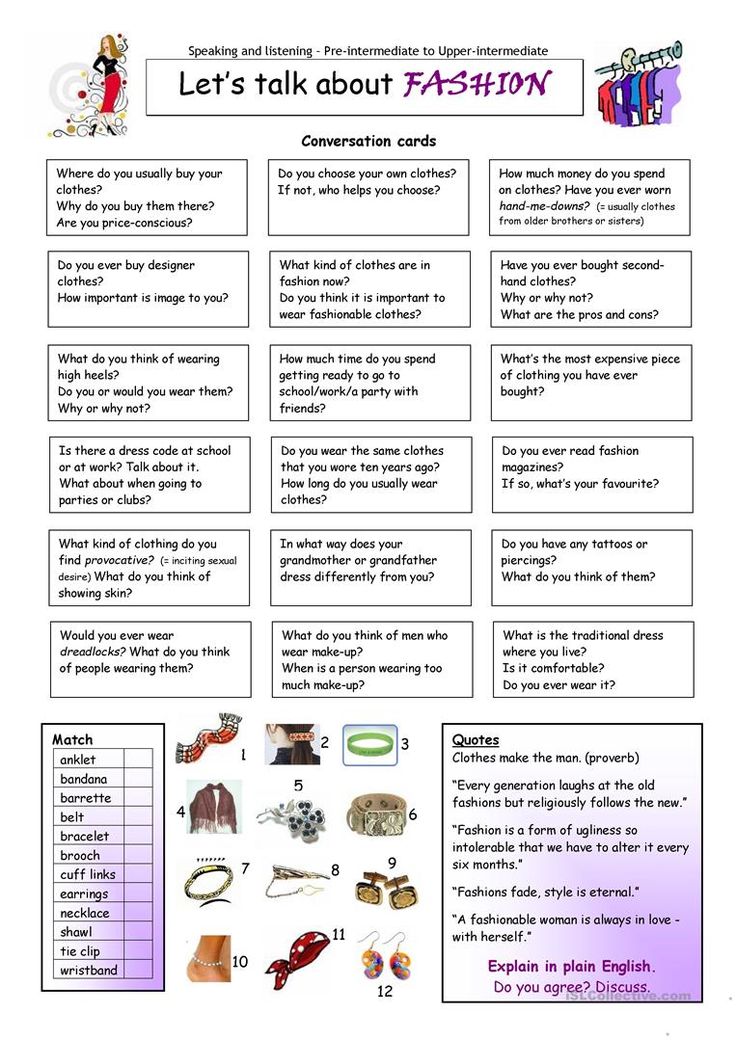
Image: iStock
14. Pasta Sorting
This is both a sensory and learning activity. If your kids are aware of colors, this activity helps improve their knowledge of different shades of colors.
You will need
Pasta, food color, color bowls, a big container.
How to do
A day before the activity, take four portions of pasta, add different food colors to it and dry it.
On the day of the activity, mix the pasta in a big bowl, and keep the colored bowls beside it. Ask your kids to sort the pasta based on color.
15. Transferring or Shifting Activity
Shifting objects from one container to another, or from one place to another, might be easy for adults. But for toddlers, it’s a challenging activity.
You will need
Two containers, small objects like toys, cushions, etc.
How to do
Keep two containers at different places and fill one with toys. Ask your child to transfer them from one container to the other.
Learning Activities
There is some learning in activities designed for children. However, certain activities are specifically targeted at teaching specific things like colors, letters, numbers, or names. Listed below are such learning activities that keep your three-year-old engaged and entertained.
16. Color and Shape Sorters
This is a fun activity to teach colors and shapes. Your toddlers would enjoy and also learn something new.
You will need
Objects in primary and secondary colors, readily available shape sorter set.
How to do
Place primary and secondary colored objects differently and teach your kids. Once they understand the differences, mix everything, and ask them to sort.
For teaching shapes, you can buy any shape sorter game readily available. Once they learn the shapes, you can take it to the next level by asking them to sort them.
Image: iStock
Related: 35 Fun And Interesting Activities For Kids
17.
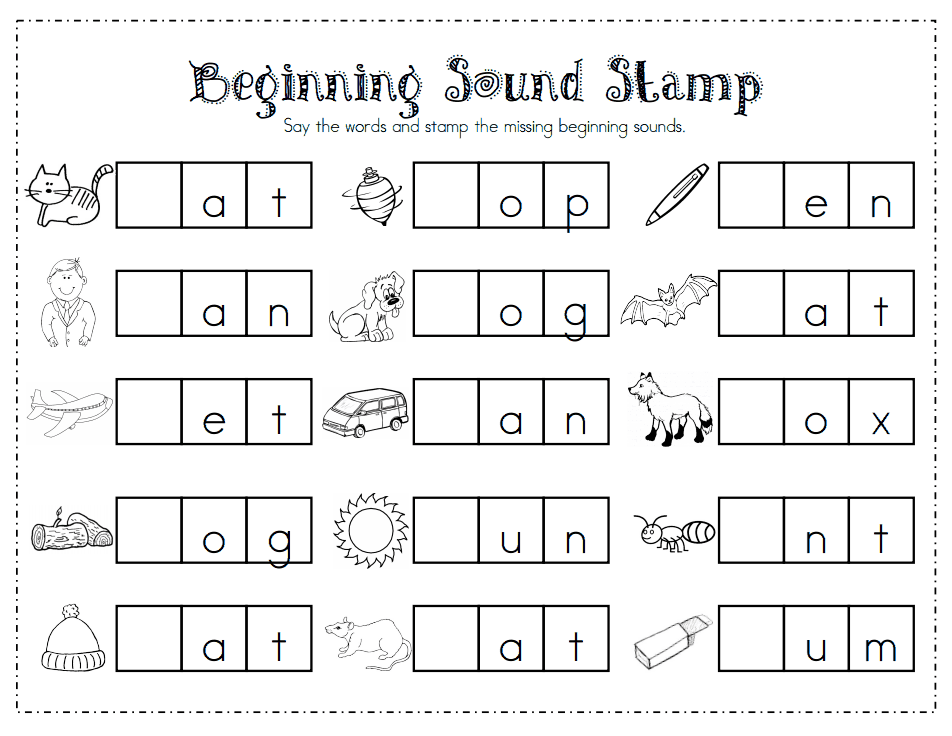 Learn Letters and Numbers
Learn Letters and NumbersTeaching your preschooler letters and numbers at home is a good way to engage them.
You will need
Butter beans, marker, white chart.
How to do
Mark the butter beans with letters and numbers. On the chart, draw vertical and horizontal lines to form a checkered design. Write the letters and numbers randomly in the blocks. Place the beans in a basket with the letters and numbers facing upward.
Now ask your kid to match the letters and numbers on the beans to that on the chart.
Image: iStock
18. Play with Puzzles
Puzzles are readily available and solving them can improve your child’s motor skills and cognitive and reasoning skills. In older kids, it can also help improve their concentration ability.
You will need
A readability available puzzle set.
How to do
Start with a small puzzle that has fewer pieces. Once your toddler masters it, slowly increase the difficulty level.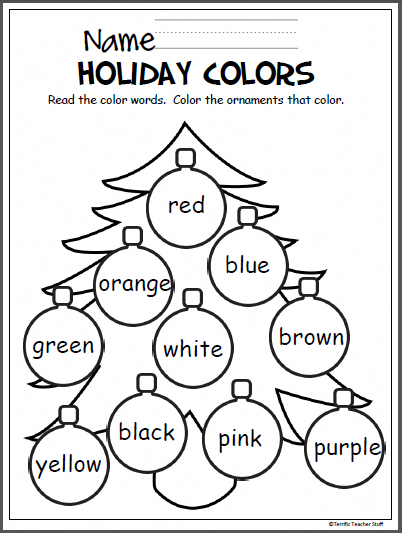 Changing the puzzles often makes them think differently and aids in improving problem-solving skills.
Changing the puzzles often makes them think differently and aids in improving problem-solving skills.
Image: iStock
19. Cook Together
Cooking does not necessarily involve using the stove or fire. Teach your kids something that doesn’t involve serious cooking and let them discover the joy of real cooking.
You will need
Utensils, cutlery, and cooking items.
How to do
Pick a dish and get the required items. Some ideas include sandwiches, baking cookies or cakes, and making a salad.
Give them a small task like mixing the dough – show them how to first and let them try it independently. You can also do it together. One added benefit of this cooking class is getting the kids to make something healthy and eat the food they prepared.
Did you know?
Cooking with a 3-year-old child can help them develop various skills, such as fine motor skills, hand-eye coordination, and problem-solving abilities. It can also provide an opportunity for parents to teach their children about different cultural traditions and cooking styles.
Image: iStock
Outdoor Activities
Playing outdoors is what makes the activity even more interesting and exciting for the kids. However, make sure you’re taking necessary safety precautions before planning any outdoor activities for your three-year-olds. Here are a few ideas for outdoor games and activities for three-year-olds.
20. Gardening
Gardening is a simple and interesting outdoor activity for a three-year-old. Teach them some basic gardening tasks like watering plants, pruning, planting, harvesting, etc.
You will need
A small watering can or a small bucket and a mug, kid-friendly scissors, etc.
How to do
Take your kids around your garden and tell them a little about the plants you have in there. If they’re already familiar with the plants, go straight to the activity by handing them the water can.
Show them how to do so that they won’t over water it. If the water can is empty, ask them to refill it and repeat watering to the rest of the plants.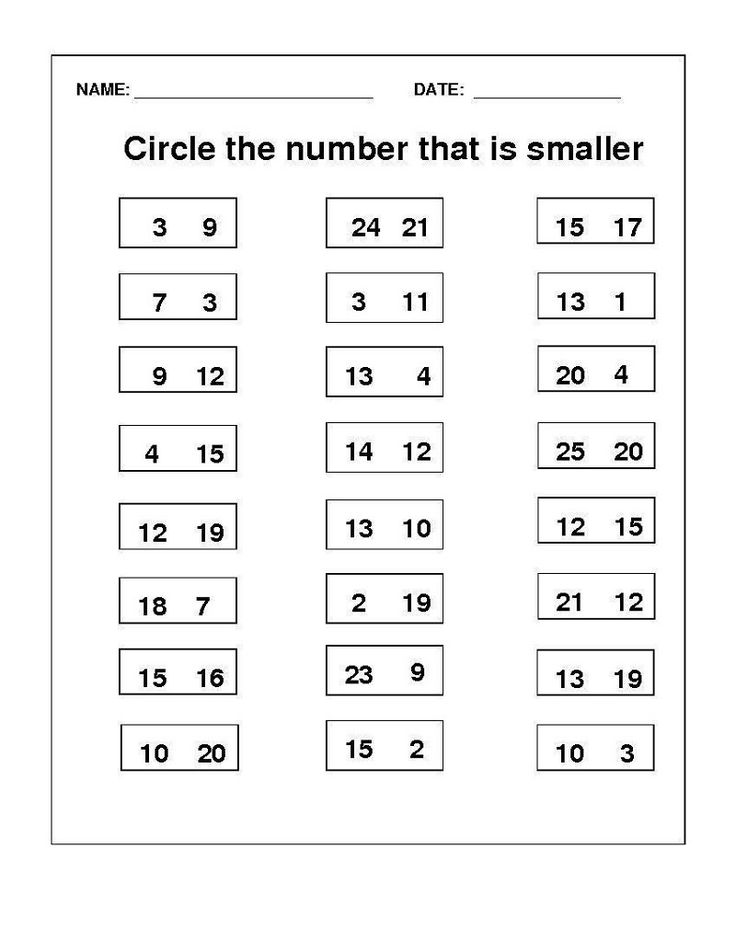
You can also teach them pruning if they understand what it is. Ask them to use their play scissors to do it along with you.
Image: iStock
21. Backyard Obstacle Course
If you have three-year-old boys who are always on the go, this backyard obstacle set-up would excite them. As it involves physical activity, it helps develop muscles, improves endurance, and aids in developing gross motor skills.
You will need
Anything available from your kids’ toys like boxes, flags, frisbees, hula hoops, balls, cones, etc.
How to do
Design your obstacle course using the items you have. Ensure the path gets the kids to jump, crawl, run, walk, balance, skip, and slide.
Image: iStock
22. Building Sandcastles
You can plan this in your backyard or on a nearby beach. Just take the kids to sand, and they will know what to do. If they don’t, you can always show them.
You will need
Sandcastle set.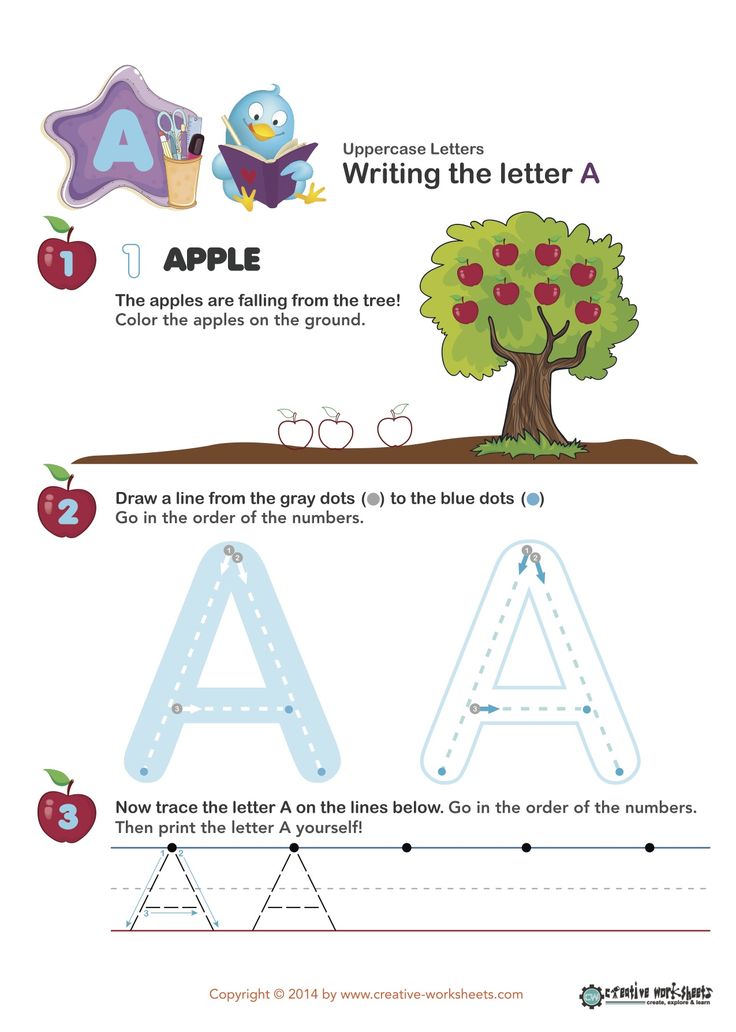
How to do
If you’re planning the activity in your backyard, gather some sand at one place, give the sandcastle kit to your kids, show them some sample pictures, and leave the rest to their imagination.
Image: iStock
Indoor Physical Activities
We cannot always plan physical activities outdoors. You must have some indoor physical activity that allows your kids to move around. Listed below are a few ideas that you can try.
23. Walk Like an Animal
You don’t need any items for this activity. Just show it to them and ask your kids to imitate you.
How to do
If your three-year-olds are familiar with animal sounds and behaviors, this would be an easy and interesting activity for them. Just say the name of an animal and ask your kids to imitate. If they don’t know, you can show them how and they can imitate you.
24. Scavenger Hunt
The regular scavenger hunt is a clue-based activity. But for the tiny tots, we modify the game a little to make it simple yet fun.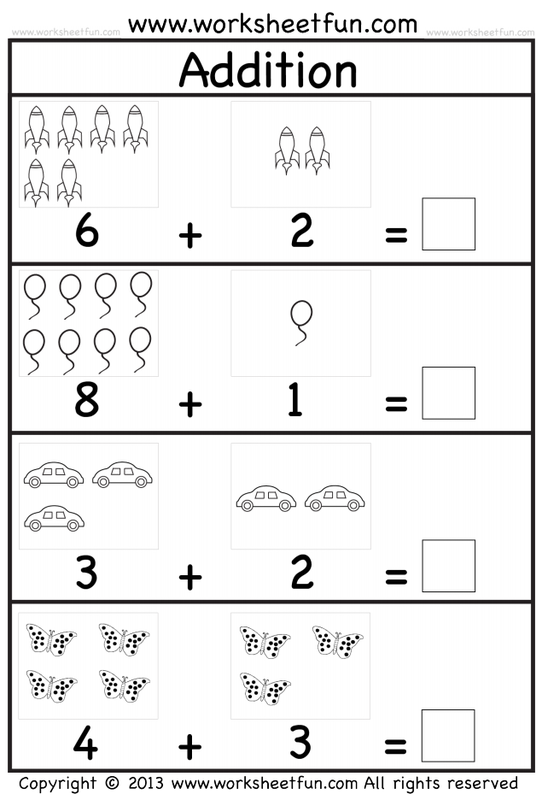
You will need
White papers, pens, baskets, etc.
How to do
Before starting the activity, prepare a list of items that your kids are familiar with in the house.
Once the kids are ready, read out one item from the list and get them to bring it and place it in a box. Once they find one, call out the next item, and the next until they find all the treasure.
Related: 20 Indoor And Outdoor Scavenger Hunt Ideas For Kids
25. Dance Party
If you’re running short of time and ideas, one instant thing you can plan is a dance party.
You will need
Music system, some snacks, drinks, flashy lights, etc.
How to do
Set up the dance floor with lights, music, snacks, and drinks, and let the party begin. Get them to move as they want to the music or teach them easy dance steps to try with you.
Image: iStock
26. Indoor Obstacle Course
You can also plan an obstacle course indoors with some household items and some toys from your kid’s collection.
You will need
Chairs, tables, hula hoop, balance board, basket, skipping rope, play mat, and cushions.
How to do
Just design a simple obstacle course with 5-6 activities. You can incorporate some of these ideas in the activity – crawling under the chairs, passing through the tunnel made using a playmat, skipping, balancing, throwing a ball into the target, somersault, etc.
You can place cushions on the floor to prevent injuries if the child misses a step and falls.
Image: iStock
27. Yoga Practice
Teaching good habits in childhood helps the kids become better adults. Yoga is one such activity that promotes overall well-being for all age groups.
You will need
A yoga mat, some reference yoga videos.
How to do
If you’re not aware of safe yoga for kids, search some asanas that can be done by the kids. Play them on the TV and ask your kids to follow them.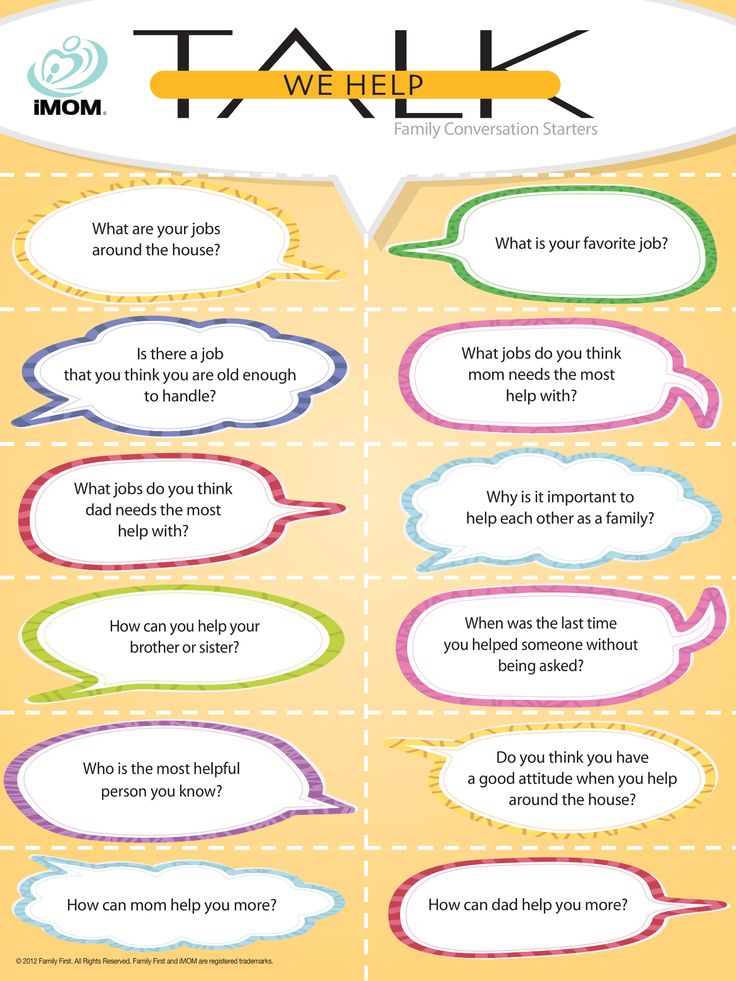
Try to do along with them so that they find the activity interesting. You can make it part of their daily routine so that they become habituated to it.
Montessori Activities
Montessori activities are designed to encourage children to learn through play. These activities are designed to promote independent thinking, fine motor skills, critical analysis right from childhood. As they’re tailored around a child’s areas of interest, they help the kids to learn quickly and easily. Listed below are some fun activities inspired by Montessori techniques.
28. Toy Cleaning
Simple but an interesting activity for kids as it involves water. It also teaches them some day to day activities that we do at home.
You will need
All the washable toys of your kids (preferably plastic and silicone toys), two water tubs, dish soap, a towel.
How to do
- Ask your toddlers to collect toys from all the rooms, sort them, and separate all the washable toys.
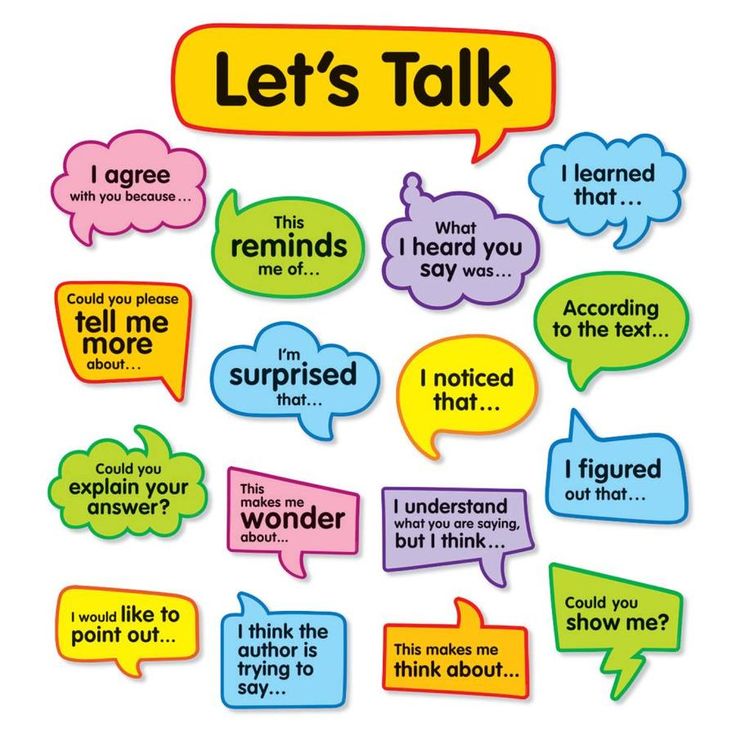
- Fill both the containers with water, maybe two-inches deep.
- Add dish wash soap to one container and make some water bubbles.
- Ask your kids to wash each toy at a time in the soap-filled container and then rinse it in plain water.
- Then keep them on a towel spread on the floor. Once all the toys are washed, they can wipe them with the towel.
29. Float and Sink Experiment
Let’s add some science to the fun. Teach the kids about sinking and floating with this simple water experiment.
You will need
A water tub, some natural items like leaves, twigs, flowers, stones, shells, etc., some water toys.
How to do
- Before starting the water play, get some items like leaves, flowers, stones, sticks, shells, buds, etc., from your garden.
- Place them next to the water tub along with the water toys.
- Now ask your kid to sit there and drop each item at a time. Tell him to observe which item is floating and which is sinking.
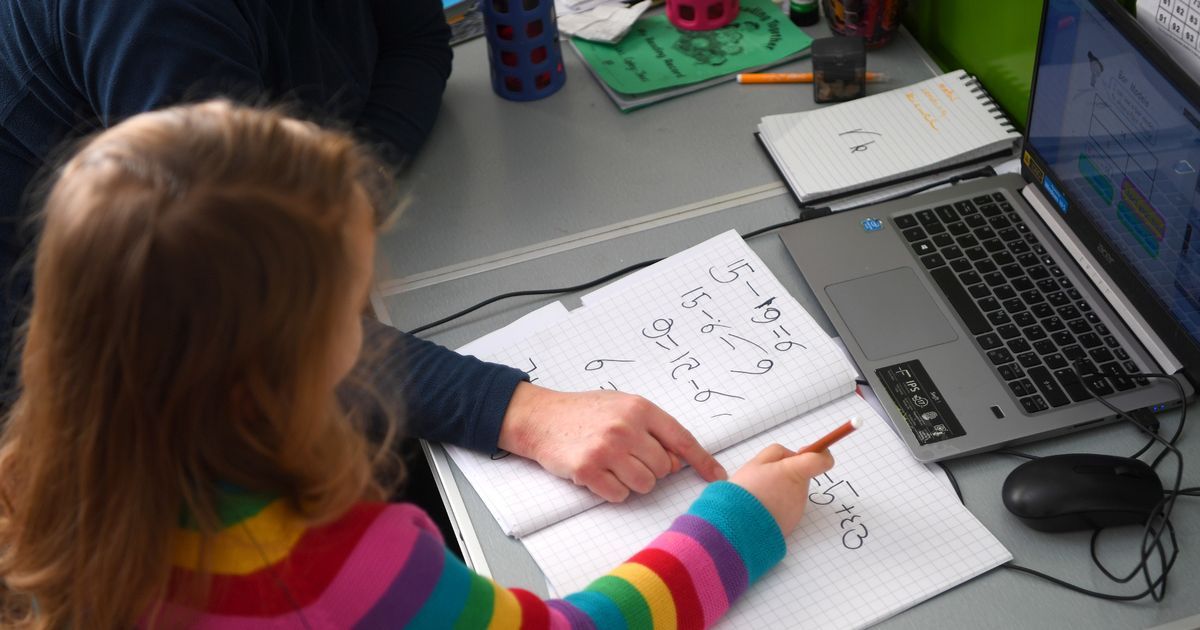
- Explain to them why some objects are floating and some and sinking.
- Now remove everything from the water, ask questions, and then check their answers by dropping the objects.
30. Fruit Cutting
Fruits and vegetable cutting is one of the Montessori food prep activities. This enables them to use both their hands and also teaches them some practical life skills.
You will need
An apron, water, kid-friendly peeler, knife, chopping board, etc.
How to do
Ask the toddlers to clean all the veggies with water first. Each fruit needs to be cut in a certain way. Show them how to do it and ask them to do it as is.
For their safety, choose soft veggies and fruits and a blunt or kid-friendly knife that they can use for cutting.
Image: iStock
31. Hammering
Your three-year-old might be more interested in real tools than his regular toys. Well, why not let them explore the same with a kid-friendly tool set and activity.
You will need
You can purchase a readily available Nail game set that comes with all the necessary tools, including a corkboard, a wooden hammer, tack nails, some color cards, etc.
How to do
You can simply ask your kids to hammer the nails into the board by placing a plain paper in between. Once they master it, you can ask them to form shapes using some colored cards, pictures cut into pieces, etc.
A variety of activities can be created using the hammering tool kit.
Image: iStock
32. Writing on a Chalkboard
Every preschooler needs to get a good grip on pencils, chalks, or markers to develop writing skills. To avoid wasting paper, you can set up a chalkboard and offer them a clean canvas.
You will need
A blackboard, chalk pieces, board eraser, etc.
How to do
Set up the blackboard in your kid’s playing corner and give them chalk to scribble on it however they wish.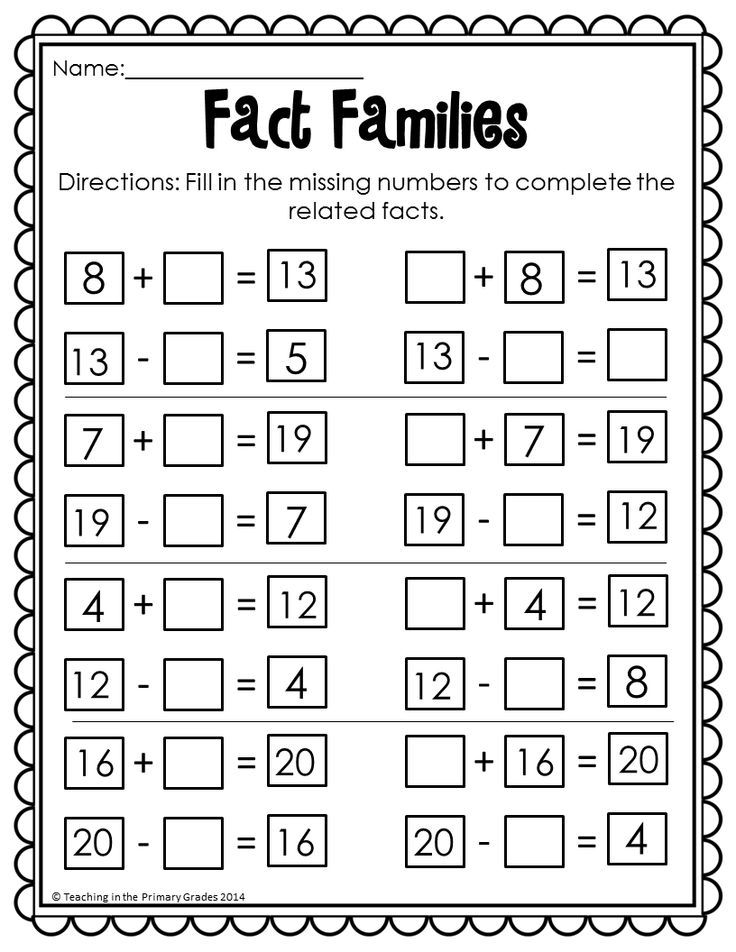 If they are not comfortable standing and writing, you can place the board on the floor for a few days and let them practice.
If they are not comfortable standing and writing, you can place the board on the floor for a few days and let them practice.
Image: iStock
33. Moving Puzzle Game
This activity gives a new twist to puzzles, making it even more helpful for further skill development.
You will need
Any puzzle game (preferably the one your kid is familiar with)
How to do
Unlike in a regular puzzle game, keep the pieces of the puzzle in a different room. Ask your kid to solve the puzzle in the play area by bringing one puzzle piece at a time. This not only keeps them moving but also encourages them to remember which puzzle piece is required.
Image: iStock
34. Window Cleaning
Another popular Montessori activity is window cleaning. While spraying water on the windows is a thrilling sensory activity for kids, cleaning the windows improves their gross motor skills.
You will need
An empty spray bottle, white vinegar, water, a piece of cloth, or a sponge.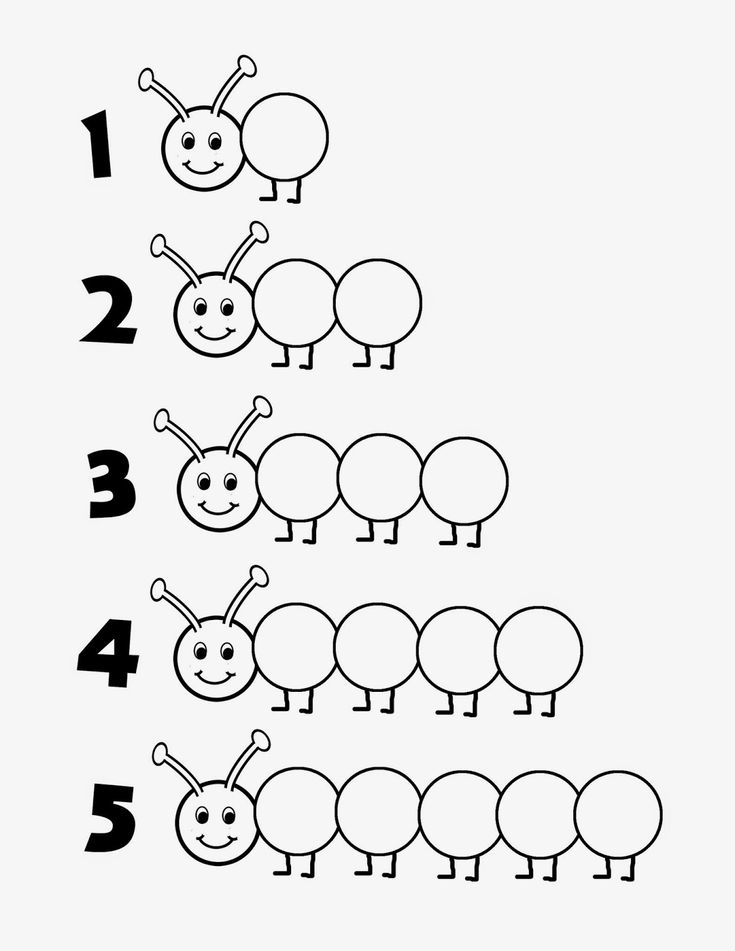
How to do
Just mix vinegar and water in the required proportion and fill the mixture in the spray bottle. Hand over the bottle and the cleaning material to the child, show them how to do it, and let them imitate you.
Image: iStock
Related: 12 Best Clean Up Songs For Kids, With Lyrics
35. Touch and Tell
This is a sensory Montessori activity that encourages your kids to use their sense of touch to guess the things.
You will need
Small toys that your kids are familiar with, a big bag with a drawstring or a zip closure.
How to do
Gather all the small toys your kids usually play with and keep them in the bag. Blindfold your kids and ask them to pick one toy from the bag and name it just by touching it.
36. Match the Socks
Matching colorful things is one of the best Montessori activities to improve visual coordination in your kids.
You will need
Multiple pairs of socks.
How to do
Mix all the socks pairs and ask your kid to pick each one and find its pair.
Introducing toddlers to learning activities for 3-year-olds will help keep them engrossed and entertained and enhance their creativity, focus, and cognitive abilities. Ensure you pick the right activity for your toddler as per their interest and abilities. Sensory developmental activities such as playdough crafts, frozen treasure, and smell it and tell it will help improve their motor skills. You may also try the various learning activities and outdoor and indoor activities mentioned above to aid your child’s physical and psychological development.
Key Pointers
- Art and craft activities can improve creativity and cognition in three-year-olds.
- Sensory activities, such as playdough crafts benefit a child’s brain growth.
- Games such as color and shape sorters can help three-year-olds learn new colors and shapes.
The following two tabs change content below.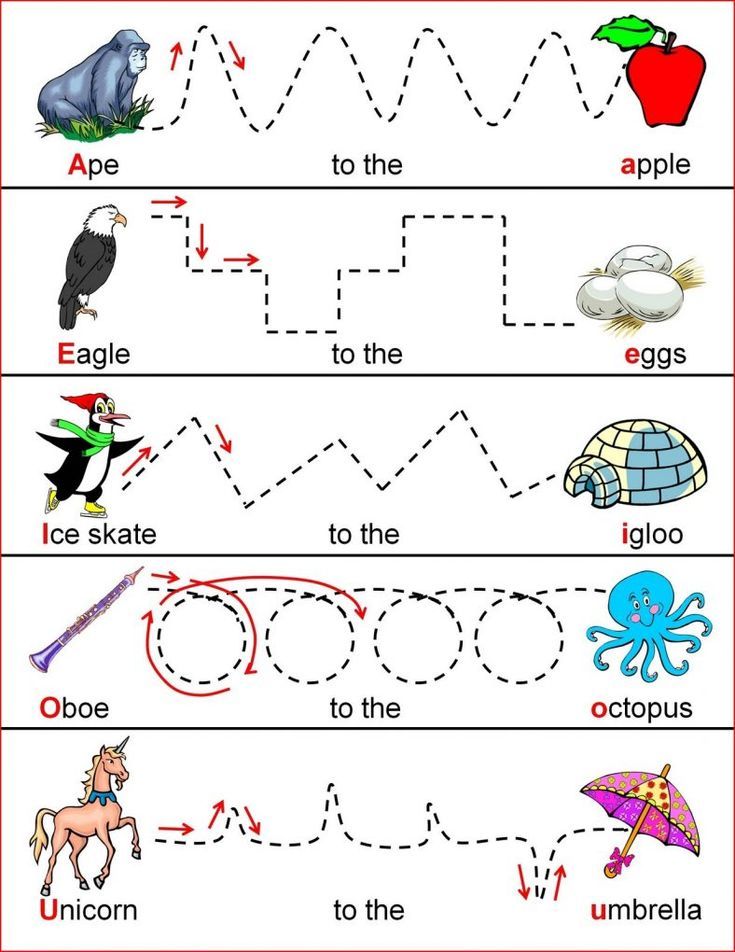
- Reviewer
- Author
Schoolchildren's work during the summer holidays: how to earn extra money for a teenager in the summer
In 2019, my daughter Veronika graduated from the eighth grade. And she earned 56,000 R for a new iPhone over the summer.
Vera Grashchenkova
got her teenage daughter a job
Author's profile
When my daughter was little, every summer I sent her to my grandmother's dacha. But in 2019, she was already 14 years old. I was afraid that she would start riding mopeds there, hanging out with dubious teenagers and annoying my grandmother. Therefore, the dacha option was dropped. No trips were planned either: good children's camps were expensive, and we postponed family vacations to autumn. It was boring to stay idle in Moscow, and I offered my daughter to earn extra money. nine0003
Veronica didn't mind. She had long dreamed of an iPhone XR for 56,000 R, but I considered it an overkill.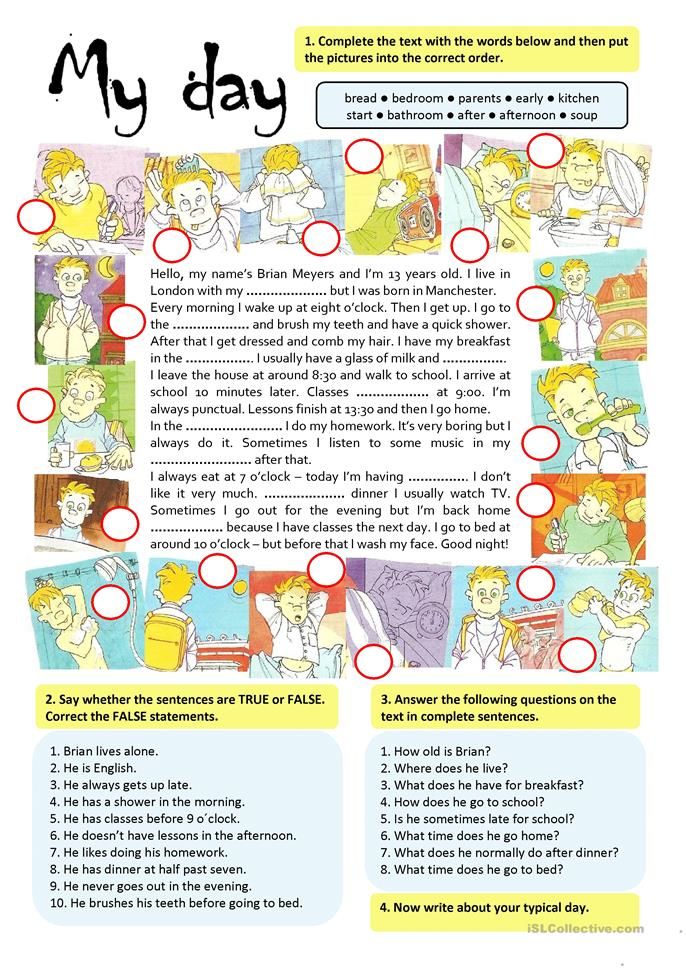 Then she decided to make money on it herself, and at the same time gain valuable experience. As a result, Veronica got a job as an assistant counselor in a children's city camp.
Then she decided to make money on it herself, and at the same time gain valuable experience. As a result, Veronica got a job as an assistant counselor in a children's city camp.
In the article I will tell you how teenagers can work according to the law and how everything was with us. I will explain why I had to agree to an envelope salary and a full-time job. And I will describe what difficulties my daughter had because she was a teenager. nine0003 My daughter earned 2.5 months on this iPhone
How, according to the law, my daughter could work
According to the law, a teenager of 14-18 years old can work only in his free time from school. And work should not harm health and morality. For example, it is forbidden to lift weights, work underground, in chemical production and in casinos. You can, for example, distribute leaflets near the metro, work as a courier, or put up ads.
Art. 63 of the Labor Code of the Russian Federation
A teenager can get a job as a seller or cashier.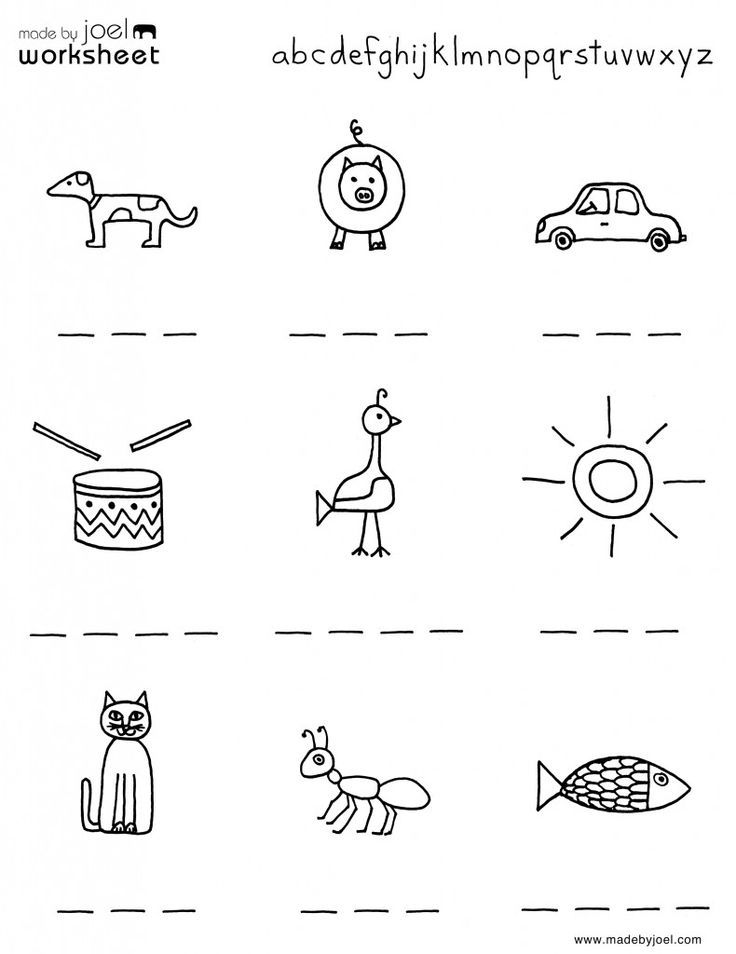 But according to the law, he will not be held responsible for the money entrusted to him. The exception is if he steals them deliberately or loses them under the influence of alcohol or drugs. nine0003
But according to the law, he will not be held responsible for the money entrusted to him. The exception is if he steals them deliberately or loses them under the influence of alcohol or drugs. nine0003
Art. 242 of the Labor Code of the Russian Federation
Veronika could also work as a volunteer: help the elderly and veterans, organize sports events and concerts, plant trees on community work days. This expands the circle of communication and takes up free time. You can also get free tickets to events or infiltrate an organization where you plan to work later. But officially they don't pay for volunteering.
Volunteering for teenagers:
Tyreshash-rf,
Volunteer-ru,
Mosvolonter-ru
How many teenagers can work
| Age | While studying | On vacation |
|---|---|---|
| 14-15 years old | Up to 2.5 hours per day, up to 12 hours per week | Up to 5 hours per day, up to 24 hours per week |
| 16-18 years old | Up to 3. 5 hours per day, up to 18 hours per week 5 hours per day, up to 18 hours per week | Up to 7 hours per day, up to 35 hours per week |
14-15 years old
During school hours
Up to 2.5 hours per day, up to 12 hours per week
On holidays
Up to 5 hours per day, up to 24 hours per week
16-18 years old
While studying
Up to 3.5 hours per day, up to 18 hours per week
On holidays
Up to 7 hours per day, up to 35 hours per week
A teenager can sign an employment contract himself from the age of 14. But until the age of 16, you still need the consent of the parent and the permission of the guardianship authorities. Exception - if he is 15 years old, but he graduated 9classes or studying at night school, technical school or college. Veronica did not fit these conditions.
Art. 63 Labor Code of the Russian Federation
I found out that I can write consent in free form, permission is issued in social security.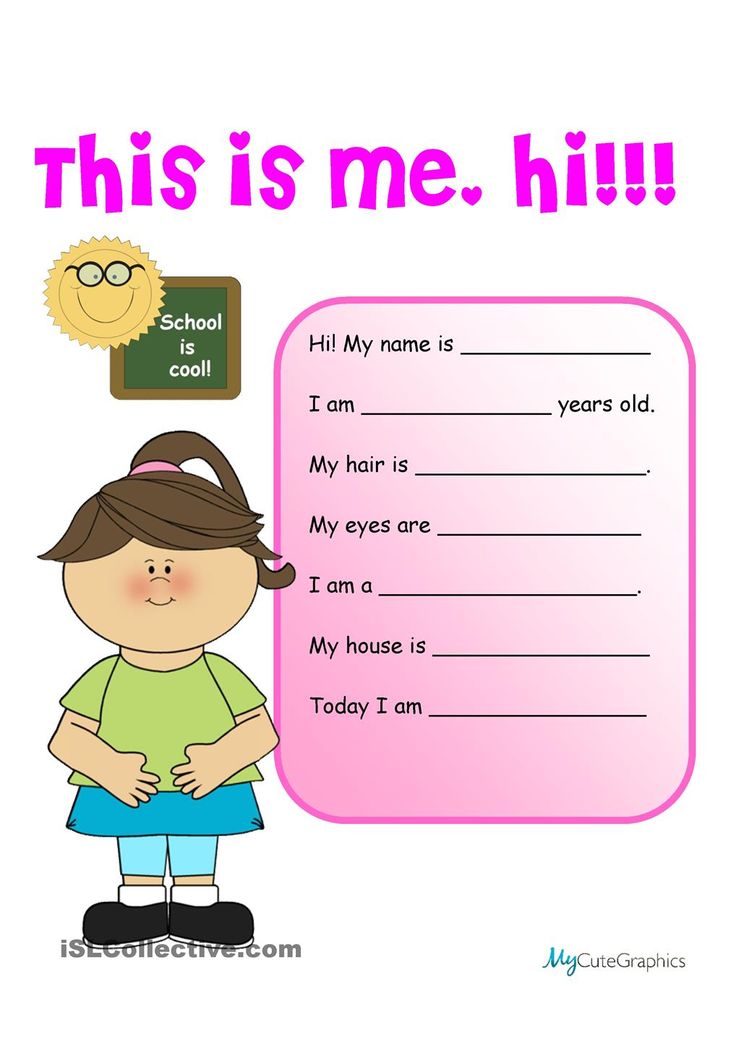 Veronica was supposed to come there with me, bring a draft employment contract and write a statement. The social security officer will check the documents and, if the job is suitable, will issue a permit.
Veronica was supposed to come there with me, bring a draft employment contract and write a statement. The social security officer will check the documents and, if the job is suitable, will issue a permit.
What to do? 13.03.18
How can a teenager get a job? nine0003
In addition to the consent of the parent and permission of guardianship, at work, the teenager will be asked for the following documents:
- Passport.
- Certificate from the polyclinic on form 086/y with a note from the doctor "Fit for work with age restrictions".
- Employment record, if any. If not, then the employer will create a work book in electronic form. If it is already electronic, then the employer will get access to it through the PFR website.
- SNILS. If not, the first employer will issue it himself. nine0103
Next, I will tell you why we failed to meet all these conditions.
How I was looking for a job for my daughter
At the beginning of May, I studied the website of the Youth Employment Center, Headhunter, Superjob and Avito.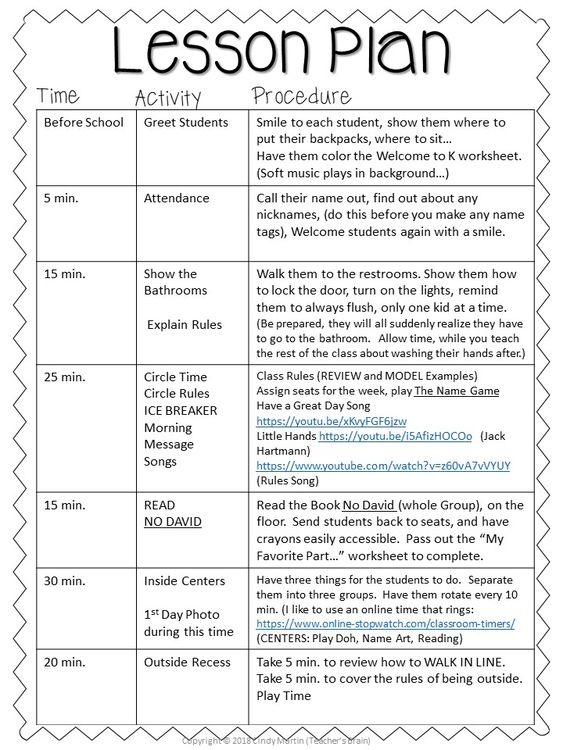 Everywhere I set filters “no experience”, “work for schoolchildren / students”, “part-time”, “internship”. I also found two groups about work for teenagers on Facebook and Vkontakte.
Everywhere I set filters “no experience”, “work for schoolchildren / students”, “part-time”, “internship”. I also found two groups about work for teenagers on Facebook and Vkontakte.
I did not consider volunteering, because they do not pay for it.
/platyat-malo/
Salary anti-rating: 20 professions that are clearly underpaid
The work was official everywhere, but the salary was small: 5,000-15,000 R per month. Yes, and I did not like the vacancies. I didn't want Veronica to get a job as a courier and meet one-on-one with strangers.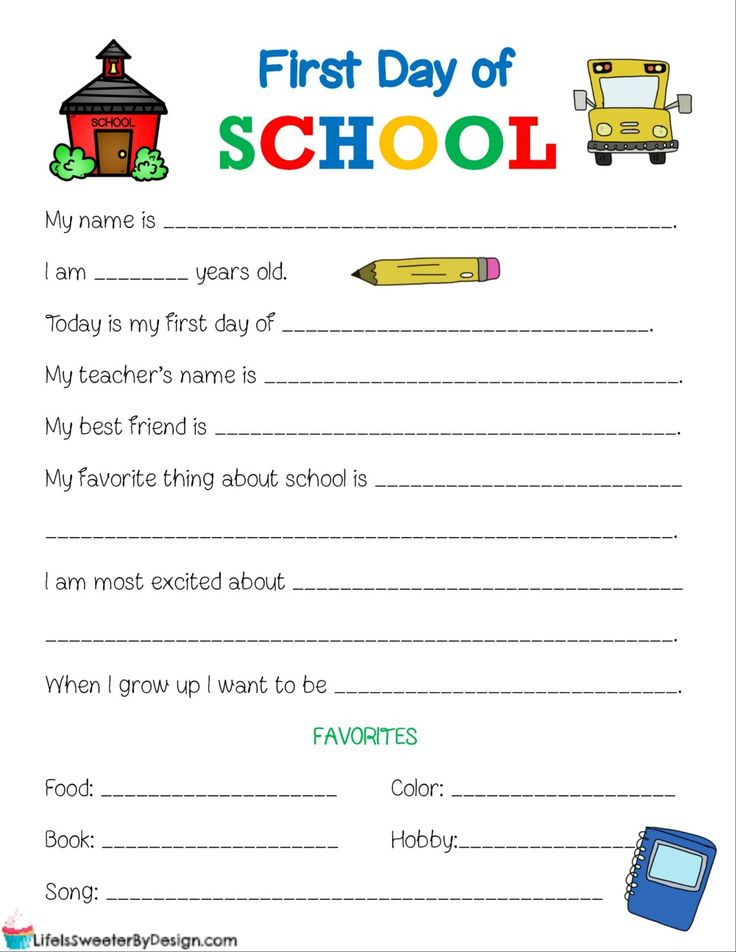 Working as a promoter or call center operator did not seem very intellectual. As an SEO intern, she would sit at the computer all day long. And Veronika herself did not like working as a consultant in the store. nine0003
Working as a promoter or call center operator did not seem very intellectual. As an SEO intern, she would sit at the computer all day long. And Veronika herself did not like working as a consultant in the store. nine0003
I began to ask my friends: what if someone knows where a teenager can be placed. I even considered informal work - as long as Veronica liked it, was safe and paid well. And soon such an option appeared.
/text-sale/
How much can you earn on articles
My friend worked at a foreign language school. She said that every year they organize a city summer camp there, and an assistant counselor is needed there. In past years, schoolchildren and students were hired for this position. nine0003
The job suited my requirements, plus the school was close to home. One branch is a five-minute walk, and the other is three metro stations away. I phoned the director, and in mid-May, Veronika and I went for an interview.
There are many promoter vacancies at Avito for teenagers.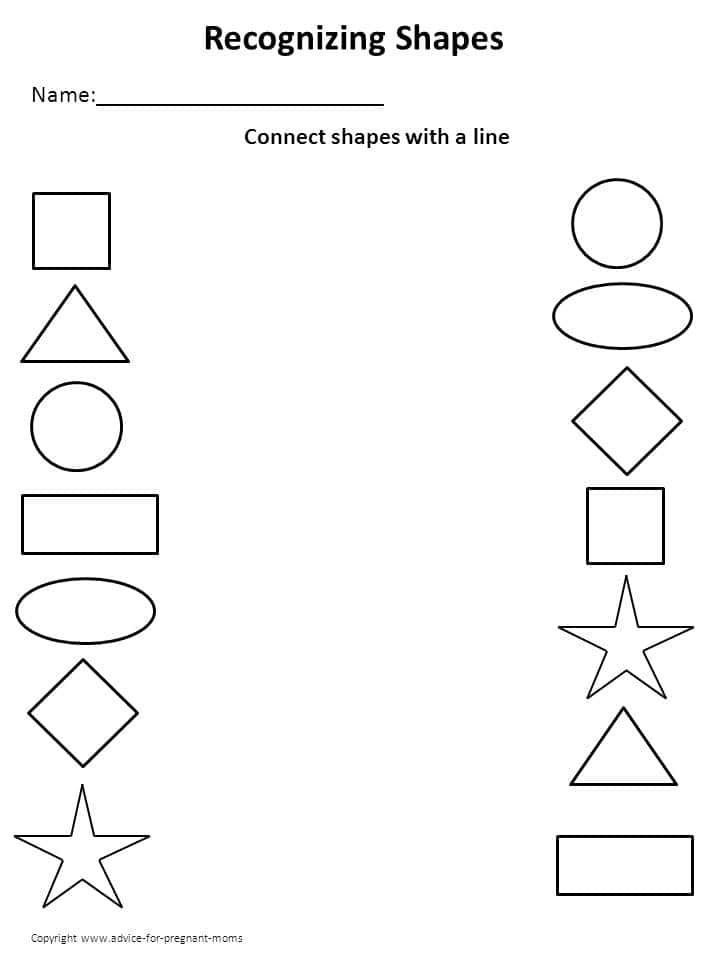 For example, for distributing newspapers from 7 to 11 in the morning they pay 400-450 R On Headhunter, when searching for vacancies, you can select the filter “only available for job seekers from 14 years old” The copywriter vacancy 9 falls into the category 14+0016 How did the interview go
For example, for distributing newspapers from 7 to 11 in the morning they pay 400-450 R On Headhunter, when searching for vacancies, you can select the filter “only available for job seekers from 14 years old” The copywriter vacancy 9 falls into the category 14+0016 How did the interview go At the interview, the director asked Veronika about her studies and hobbies. And me - do I agree for my daughter to work.
Then the director told me about the camp. It was for children aged 7-12 who stayed in Moscow for the summer. There they studied English, played games, went on excursions and visited creative studios. The camp worked from early June to mid-August - in total there were 5 shifts of 2 weeks each. The children were there on weekdays from 9:00 to 18:00.
The director said that the counselor needed an assistant - in the camp he is called a volunteer. This is not work under a contract, and permission from social security is not needed - only my written consent.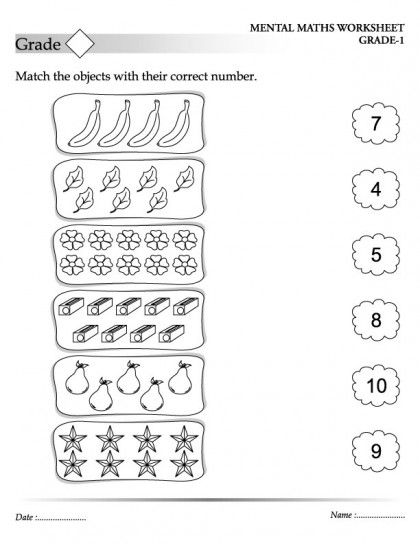 The director promised to give out the salary in an envelope at the end of each shift. We had no other worthy options, so we had to agree to these conditions. nine0003
The director promised to give out the salary in an envelope at the end of each shift. We had no other worthy options, so we had to agree to these conditions. nine0003
The principal knew that by law Veronika could not work more than 5 hours a day. And she offered a schedule from 9:00 to 13:00 with a payment of 500 R per day. But Veronica said that she wanted to work from 9:00 to 18:00. She understood that they would pay twice as much for this: 1000 R. The director warned that the work was responsible, difficult and would require a lot of energy and patience. But Veronica insisted on her own.
1000 R
daughter received for work per day
We decided that the daughter would work the first and second shifts, but miss the third. He will rest for 2 weeks and return to the fourth and fifth shifts. As a result, then she herself wanted to work for 2.5 months without a break. nine0003
Veronica made a good impression on the director, and she was invited to work from June 3rd.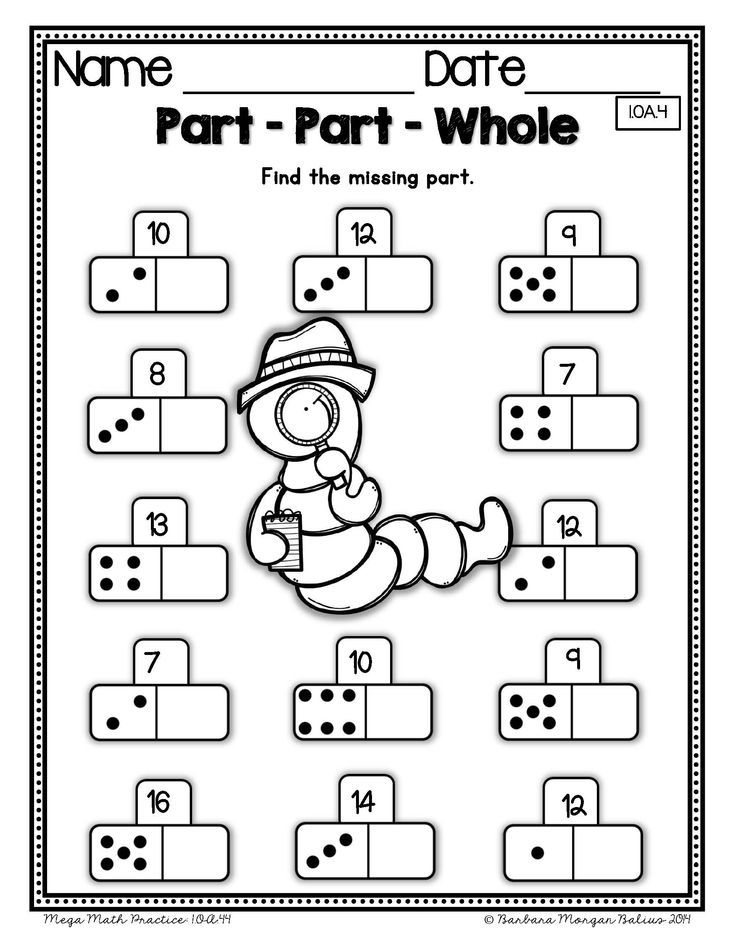
How duties were distributed in the camp
The director, administrators, teachers, counselor and volunteer Veronika worked in the camp. The director was responsible for security. If someone got sick, poisoned or injured, the demand would be from her.
Administrators kept the room clean and tidy. The teachers taught English and organized entertainment: quests, creative studios, classes on studying the surrounding world, chemical experiments. nine0003
The counselor was a last-year student at the institute. She kept discipline, schedules, outdoor games, and took the kids to cafes for lunch. My daughter helped the counselor with all this.
/lager/
How to Go to Camp as a Counselor
Parenting Featured Articles
Everything you ever wanted to know about kids and money is in our twice-weekly mailing list along with the rest of money stuff
My Daughter's Responsibilities
Veronica's working day started at 9:00.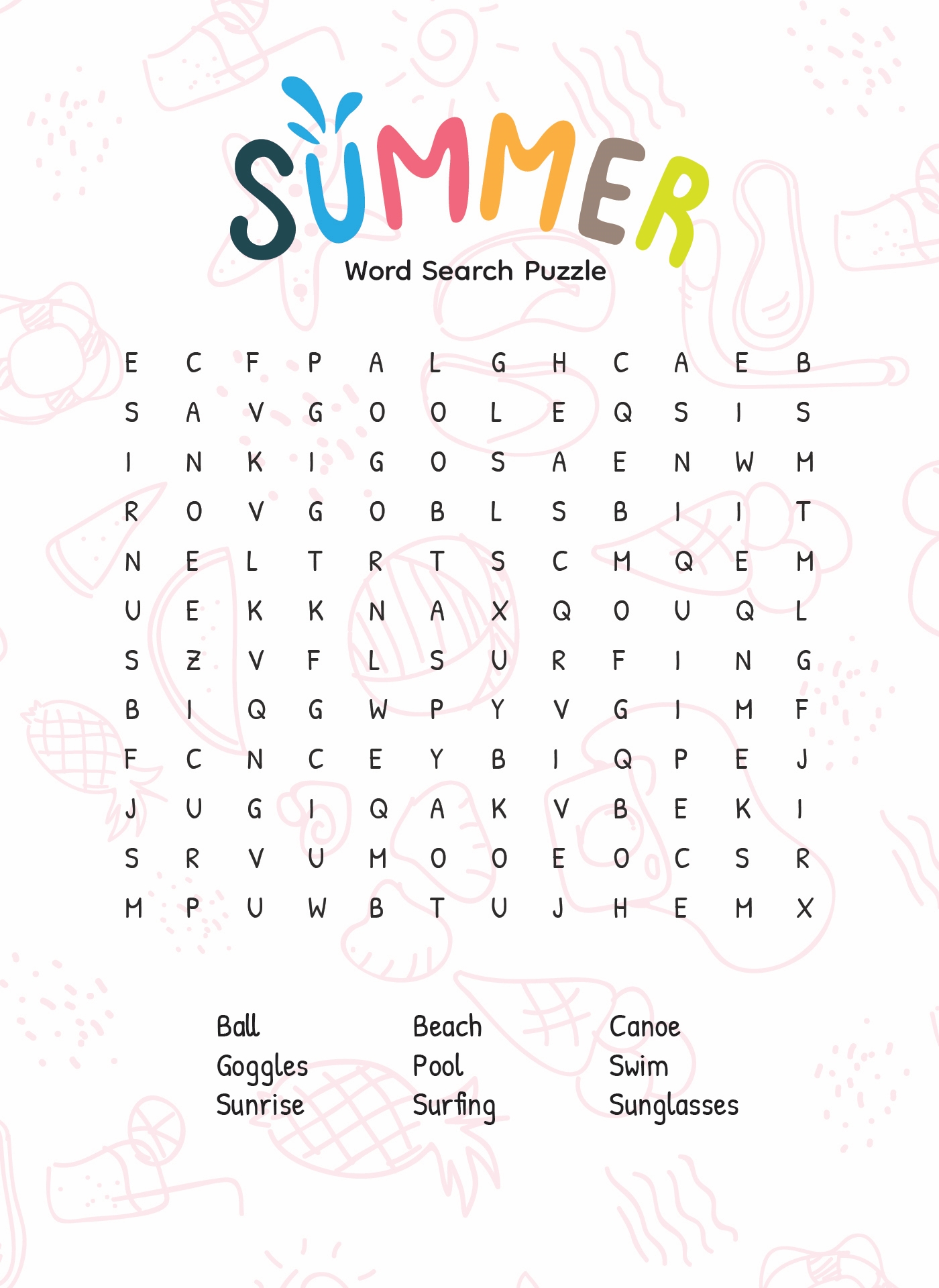 The parents brought their children. There were 15 people in the group. The children were given breakfast: cereal with milk, cookies and tea. Serving and cleaning were supposed to be done by administrators, but only one of them did it. The rest left a bunch of dirty dishes for Veronica.
The parents brought their children. There were 15 people in the group. The children were given breakfast: cereal with milk, cookies and tea. Serving and cleaning were supposed to be done by administrators, but only one of them did it. The rest left a bunch of dirty dishes for Veronica.
Then the children went for an hour-long walk. The daughter played with them on the street, entertained them, made sure that they did not run away and did not lose things.
At noon I had lunch in a cafe ten minutes walk from the school. Veronica and the counselor accompanied the group and dined with them. The daughter ate at the expense of the camp. nine0003
During the day, the children had master classes, experiments, creative activities and an English lesson. Veronika handed out didactic materials, cards and helped to do creative tasks.
The work was in full swing. Veronica was constantly bringing something, taking it away, cleaning, doing crafts, tying her shoelaces, wiping her nose and washing the dishes. She calmed the children together with the counselor if they missed their mothers, scattered on the street or started to get mad.
She calmed the children together with the counselor if they missed their mothers, scattered on the street or started to get mad.
In fact, Veronica was the second counselor. But because of her age, she was called a volunteer, worked without a contract and received three times less. Veronica understood this, but never complained. She perceived all this as training, loved the team and thought that it was cool to work in the camp. nine0003 Daughter prepared glasses and poured water for chemical experiments She also helped children cope with creative tasks
What my daughter liked about the camp
On the first day, I myself accompanied Veronica to work and stayed to watch her. There was already a lesson in class. When Veronica went there, she looked like she was going to a cage with tigers. But she took the pictures for the lesson and began to distribute them to the children. I soon realized that she is calm, understands her tasks and the students like the lesson. And over time, Veronica began to get joy from work.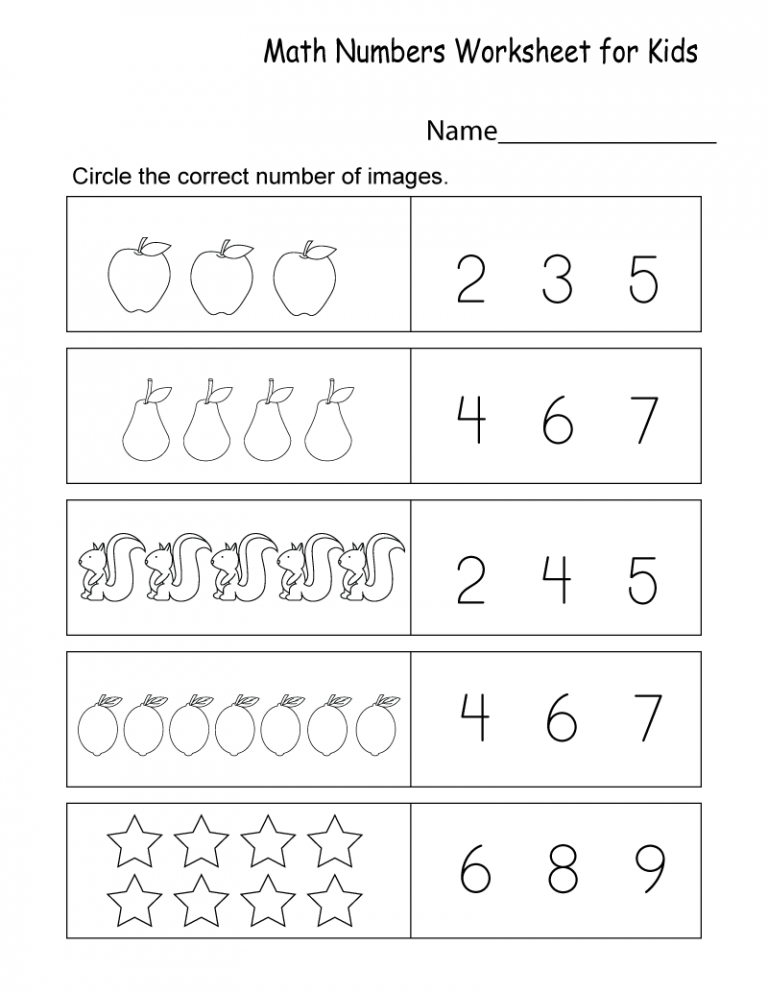 nine0003
nine0003
Calm and well-mannered children became her favorites and energized her. They did not need guardianship, and the daughter communicated with them on an equal footing. She enjoyed helping them with competitions, doing catwalk shows in newspaper costumes, and watching them pull off tricks at a talent show. She watched with interest how children's love stories developed, and worried when couples broke up after a shift.
While working, Veronika also improved her English. Some teachers were native speakers, and she liked to communicate with them. So she consolidated what she learned at school. nine0003
8 proven ways to learn English without a tutor
Veronica has a good relationship with her colleagues. Internal squabbles did not concern her: she had to help everyone and coped well with it. The daughter is a non-confrontational person, and she liked going through this school of life.
She also spent a lot of time outdoors. For example, the last day of the shift was celebrated in the barbecue field: sausages were fried, danced and sang.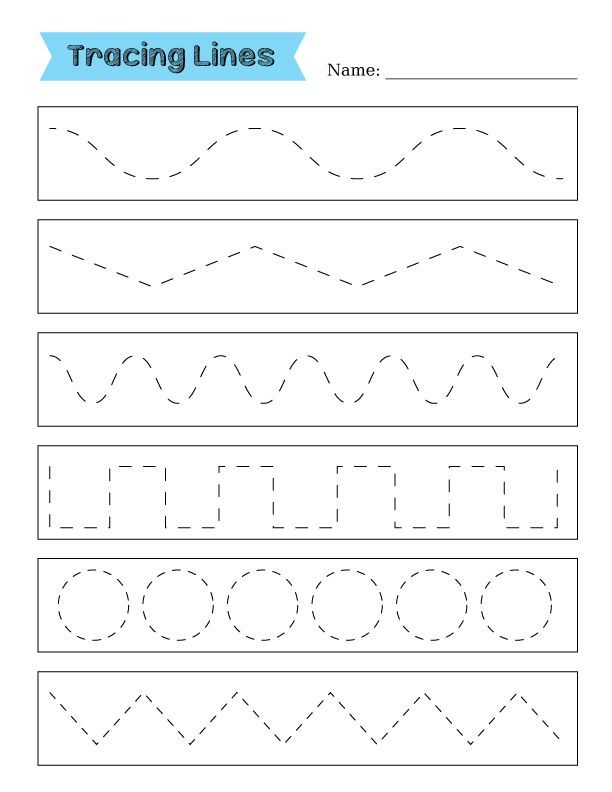 With one group, the leaders arranged a holiday in the drizzling rain. But while the fire was being built, a downpour poured down. The children put bags on their heads and ran to the camp. They returned soaking wet, in squelching sneakers, dried for a long time and wrapped themselves in blankets. But graduation was still unforgettable. nine0003 On rainy days, tents were built in the camp and scary stories were told On a walk, Veronica helped the counselor to play with the children. The daughter spent several hours a day outdoors
With one group, the leaders arranged a holiday in the drizzling rain. But while the fire was being built, a downpour poured down. The children put bags on their heads and ran to the camp. They returned soaking wet, in squelching sneakers, dried for a long time and wrapped themselves in blankets. But graduation was still unforgettable. nine0003 On rainy days, tents were built in the camp and scary stories were told On a walk, Veronica helped the counselor to play with the children. The daughter spent several hours a day outdoors
What were the difficulties
Veronica was 14, and her wards were from 7 to 12. And the children often said: “Who are you to tell us?” She had to rigidly build boundaries and prove her authority. Veronica explained that she was the director's representative and that it was her duty to keep an eye on them. And those who do not listen to her will have to deal with the leadership. Basically it worked. nine0003
Constant vigilance.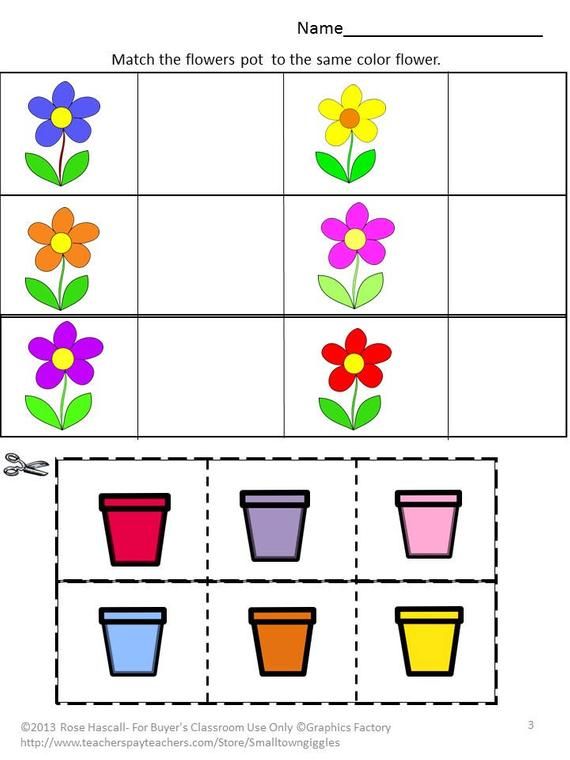 There were 15 people in the group. It was difficult for the counselor and Veronica to keep track of them together, especially on the street. Children often ran away to play in other playgrounds. Then the counselor stayed with the guys, and Veronica looked for the fugitives throughout the area. Children usually happened to be nearby, but each time she was afraid that something would happen to them.
There were 15 people in the group. It was difficult for the counselor and Veronica to keep track of them together, especially on the street. Children often ran away to play in other playgrounds. Then the counselor stayed with the guys, and Veronica looked for the fugitives throughout the area. Children usually happened to be nearby, but each time she was afraid that something would happen to them.
/list/propal-rebenok/
What to do if a child goes missing
On the very first day, one boy quietly went home and did not warn anyone. He did not cross paths with his mother, and when she came for him, a terrible panic arose. It turned out that on the way home the fugitive met a girlfriend and played with her on the playground. They found him there half an hour later. The counselor and Veronica received a reprimand. nine0003
Once the children were taken on an excursion to Gorky Park. When they returned, they found that one boy was walking barefoot.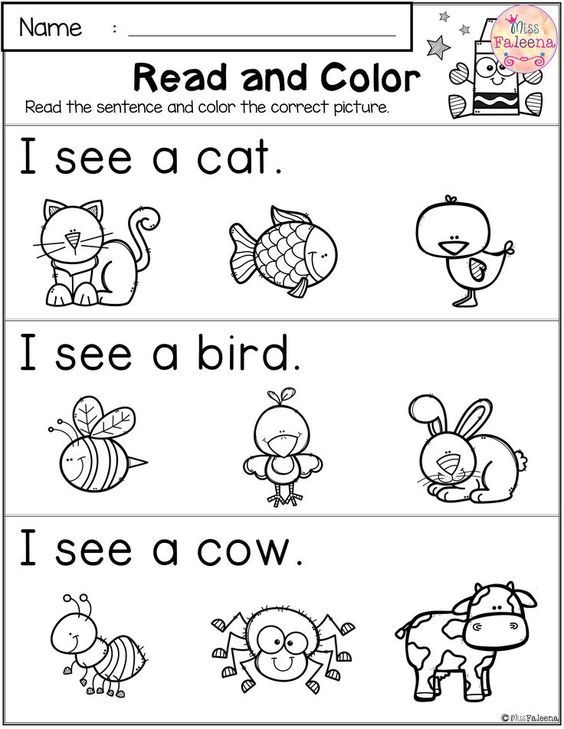 He didn't even remember how and where he left his shoes. It's good that his mother took the situation with humor.
He didn't even remember how and where he left his shoes. It's good that his mother took the situation with humor.
Difficult children. There were two cases when the parents were returned the money for the camp and were asked to pick up the children. One boy beat the whole group, and one girl behaved asocially and threatened everyone. For example, she said that next year she would take the place of Veronica and she would vegetate on the street. The daughter simply did not react to such statements. nine0003
Amazing story 07/12/19
One student harmed another. Who will pay: parents or school?
There was a boy on the other shift who constantly talked like a radio. The flow of words did not dry up for a minute. When his shift ended, Veronica breathed a sigh of relief.
There were just naughty children in the camp. There was a supply of snacks and breakfast cereals in the kitchen, and the kids were constantly stealing them.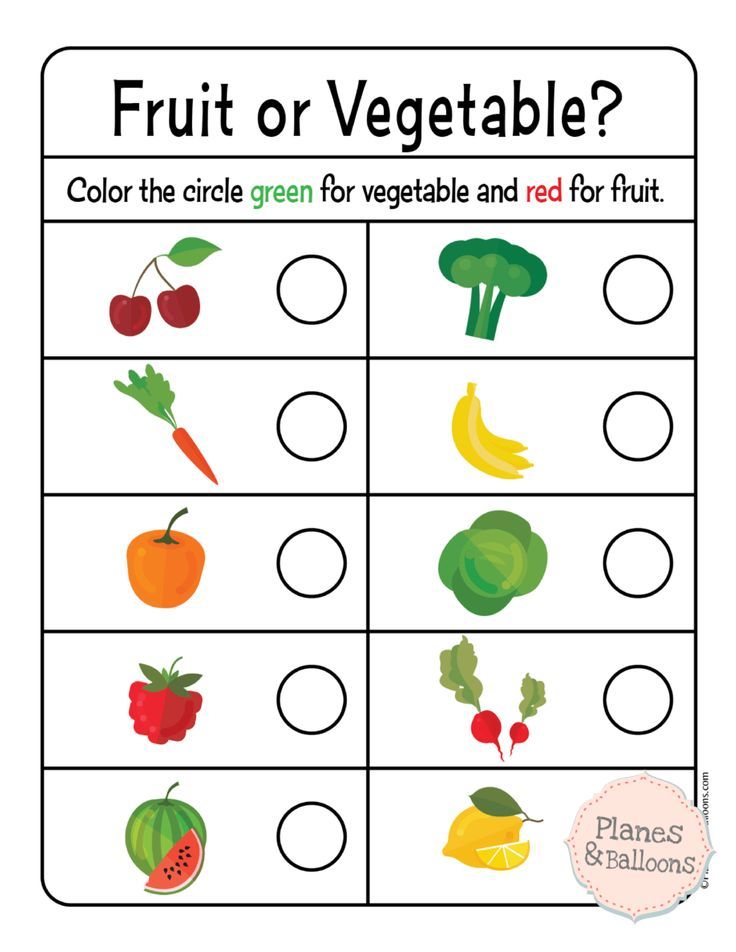 Veronica couldn't keep track of it. And somehow the boys played ball right in the office and made a dent in the plasterboard ceiling. Their dads then just laughed. nine0003
Veronica couldn't keep track of it. And somehow the boys played ball right in the office and made a dent in the plasterboard ceiling. Their dads then just laughed. nine0003
Parental attitude. Parents liked Veronica, they saw that the children were drawn to her. She was respected for being a 14 year old. But there were also those who showed that she was service personnel, not a teacher and not a counselor. It was unpleasant for her, but she simply did her duties and tried not to pay attention.
Fatigue. After 2.5 months of work from 09:00 to 18:00, Veronika was very tired. The director repeatedly offered her to rest, but she did not agree. The daughter wanted to make money on an iPhone, but she still could not imagine that there would be another volunteer in the camp instead of her. nine0003
The last week was the most difficult: accumulated fatigue had an effect. Veronica would come home and cry or go straight to bed. But in the end it came to an end.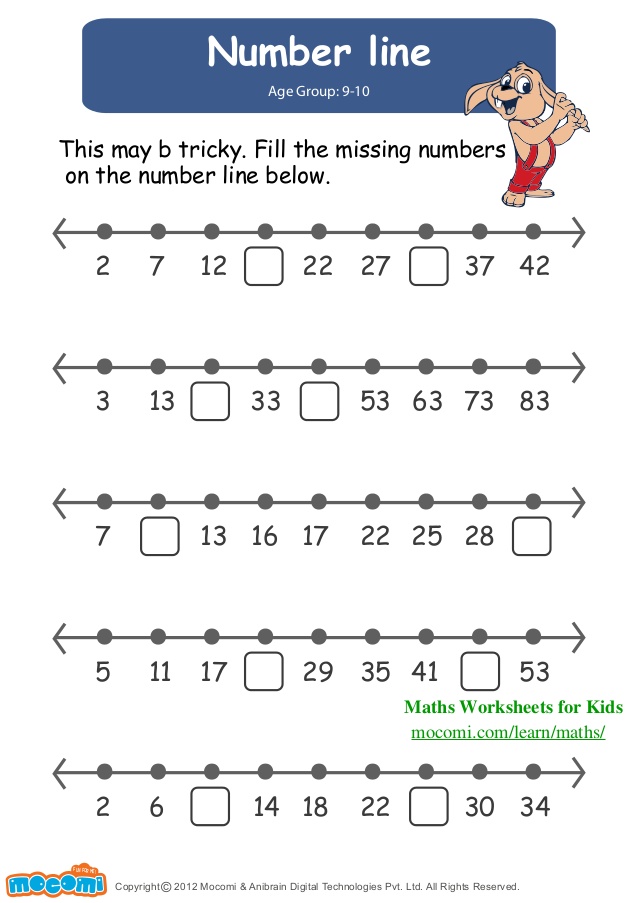
My daughter had a rest only at the end of August, when the last shift ended. She still went to sleep with her grandmother. The temptations of country life no longer frightened me. I saw that Veronica has matured, strengthened her willpower and will think before doing something dangerous.
Daughter participated in all children's activities and sometimes she couldn't even sit down. On a walk, it was difficult for Veronika to keep track of a group of 15 children. Veronika was looking for a common language with completely different children. Sometimes it was tiringWhat did the work in the camp give
Veronika was lucky with her work. Of course, it was unofficial, and the salary was given out in an envelope. But it was interesting, safe and close to home.
Veronica's friends didn't get a good job for the summer. One went to the other end of Moscow and handed out leaflets near the metro. She stood on her feet for 8 hours a day, and received 15,000 R per month. The second worked as a courier in a law firm: she traveled all over the city for 5 hours a day, received 25,000 R per month. The third was a consultant in a clothing store: she worked 10 hours a day, received 30,000 R per month. nine0003
The second worked as a courier in a law firm: she traveled all over the city for 5 hours a day, received 25,000 R per month. The third was a consultant in a clothing store: she worked 10 hours a day, received 30,000 R per month. nine0003
The salary of the last two girls was higher than that of Veronica. But they didn't get so much benefit from their work. That's what my daughter got from working at the camp.
56,000 R
my daughter earned in 2.5 months
Experience. Veronica has learned to find an approach to different people, and now her patience can be envied. It cannot be said that this summer helped her decide on her future profession. But she realized that it was more pleasant for her to communicate with people than to sit at a computer. nine0003
Veronica also received a letter of thanks saying that she worked as a volunteer. This letter and experience of volunteering will come in handy if she wants to enter a foreign university: it is valued there.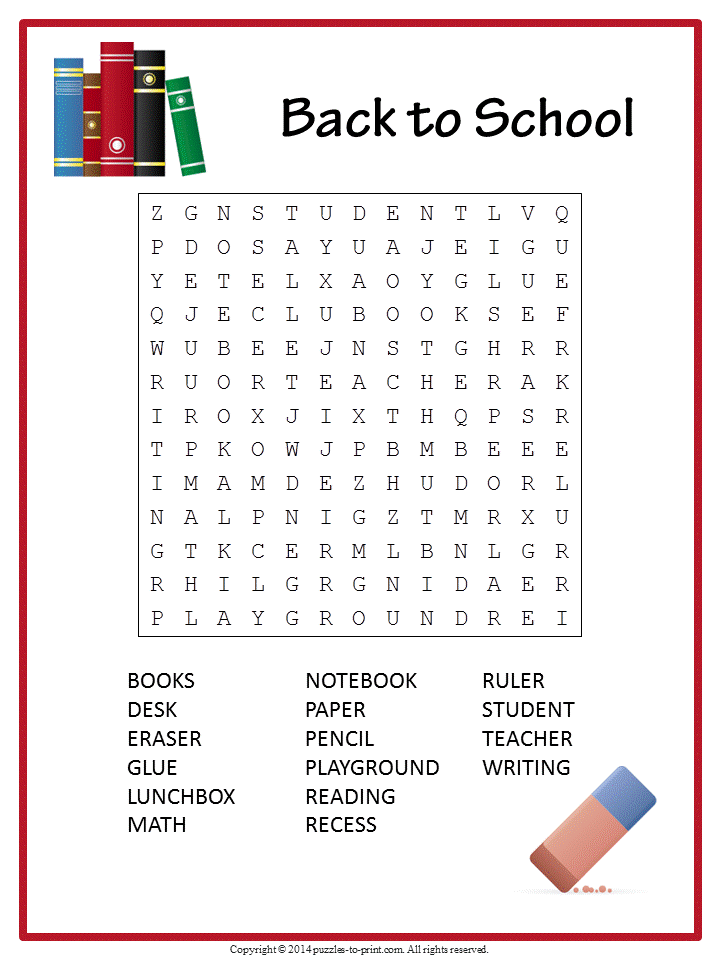
Opportunities for future part-time jobs. During the third shift, the mother of a 9-year-old girl offered Veronica a part-time job. She brought her daughter to our house half an hour before class and asked to sit with her. The girl quietly played games on the phone, and then went with Veronica to the camp. For this, her mother paid 1000 R per week. nine0003
In autumn, after the camp, parents invited Veronika to babysit their children. For babysitting they paid 300 R per hour. But if in the camp Veronica was an authority, then here she is a person who was hired by her parents. And the children behaved worse. In addition, parents often stayed at a party after midnight, Veronica was very tired, and the next day was lost. In general, the daughter sat with other people's children only a couple of times, and then refused.
/babysitter/
“In the office I got three times less”: how much does a babysitter earn
In winter, the camp counselor invited her to work as an animator at the Christmas tree in the Izmailovsky Kremlin.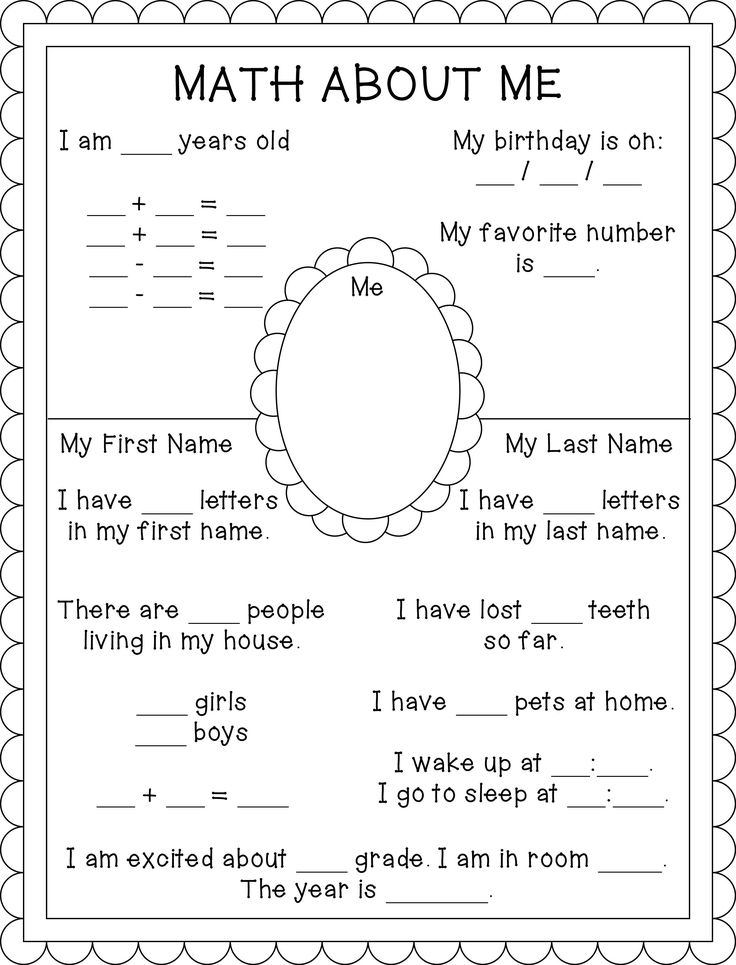 Veronika helped lead a caramel-making master class. For a day of work from 9:00 to 21:00, she received 3000 R.
Veronika helped lead a caramel-making master class. For a day of work from 9:00 to 21:00, she received 3000 R.
Thrifty attitude to money. Veronika stopped spending money on nonsense like popsockets or unnecessary cosmetics. And I realized that you can get what you want only by making an effort. At the end of the summer, she bought herself an iPhone XR.
Veronika will attach this letter of thanks to the documents if she wants to enter a foreign university10 golden time management tips for schoolchildren - Ucheba.ru
№ 1. Plan your day
As a rule, the first half of the day is well structured for schoolchildren: lessons, breaks, extra classes. But after school, complete freedom begins: when you want, then do the tasks. It would seem that everything is great. But often the matter ends up with the fact that you seem to have entered Vkontakte for a second - and it is already night in the yard, and homework has not even begun.
To avoid this, you need to structure your day.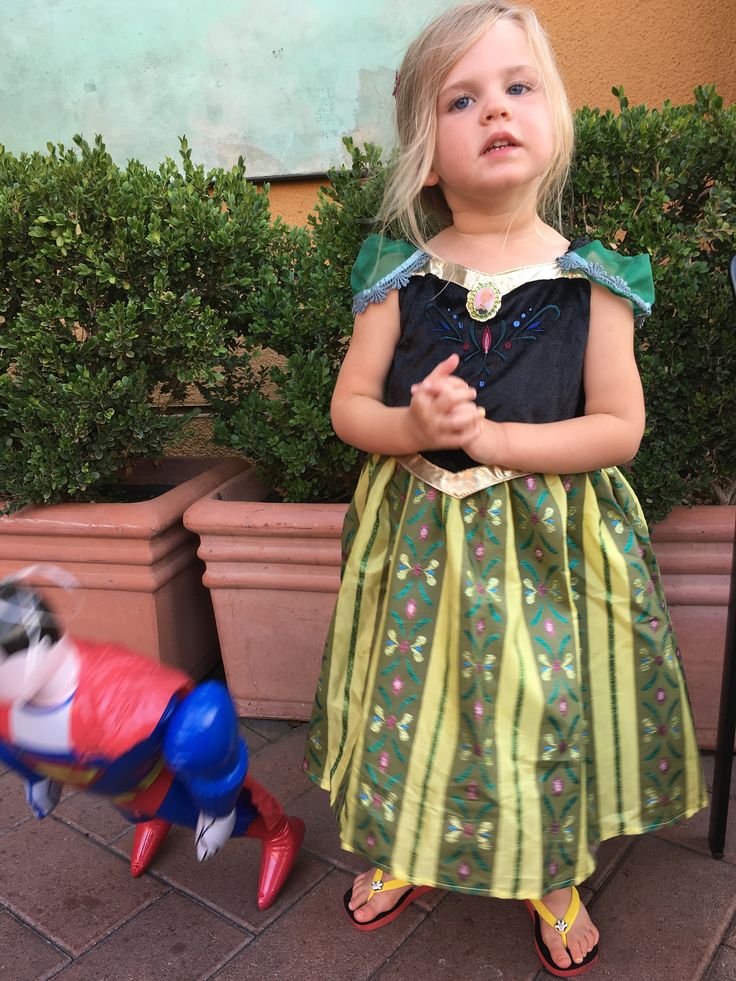 The best way is the night before to make a list of what needs to be done tomorrow, determine how long each task will take, and distribute them by hour. Perhaps in the process it turns out that the day is quite free, and it makes sense to add tasks from other days to the schedule or, conversely, quickly do all the work and relax. If it becomes clear that you will have to spend the entire evening after school and another half of the night to complete all the planned tasks, this is a clear sign that some things should be abandoned. nine0003
The best way is the night before to make a list of what needs to be done tomorrow, determine how long each task will take, and distribute them by hour. Perhaps in the process it turns out that the day is quite free, and it makes sense to add tasks from other days to the schedule or, conversely, quickly do all the work and relax. If it becomes clear that you will have to spend the entire evening after school and another half of the night to complete all the planned tasks, this is a clear sign that some things should be abandoned. nine0003
In any case, when you write down the necessary tasks on paper, there will be clarity and the ability to manage things.
No. 2. Set clear goals
It seems that nothing is easier than setting a goal for yourself. You know that you need to write an essay for the next lesson in biology, and Gogol is passed in literature. However, it often becomes empty in the head, it is worth sitting down to work: after all, in fact, it is not clear what exactly needs to be done and where to start.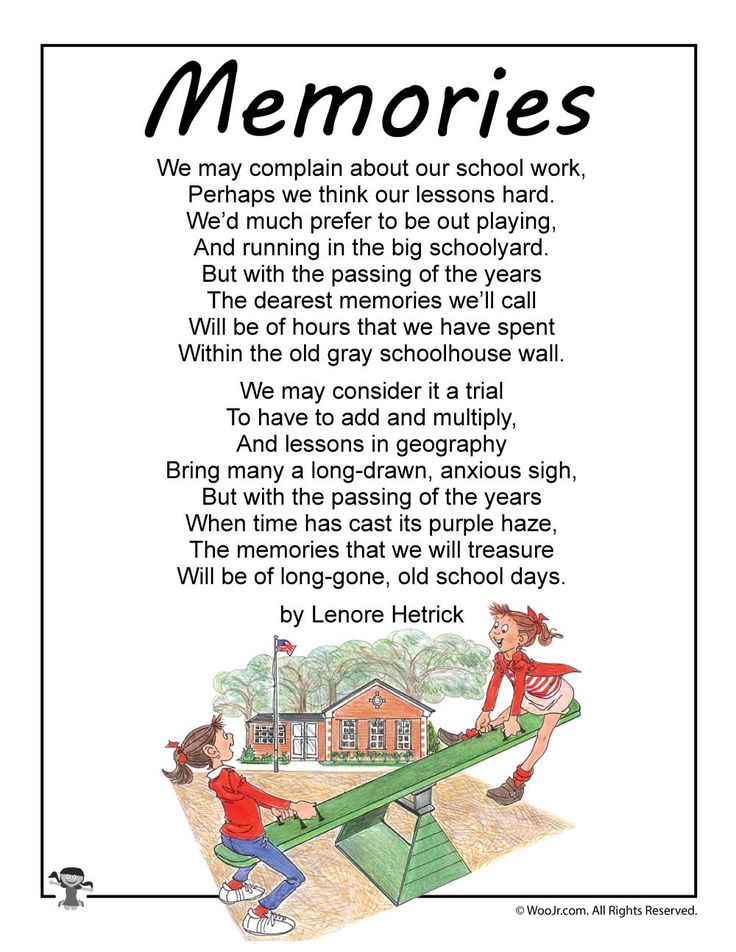
In order to effectively cope with tasks, goals are needed. nine0003
Each goal should be specific and clear: not “work harder”, but “do all the tasks right after school”; not "learn everything about Gogol", but "read in a textbook from pp. 100 to pp. 150". In order to clearly understand whether you have reached your goal or not, it must be measurable: it is better to "get only four and five in a quarter" than the abstract "study well".
It is also important that the goal is achievable. You can dream of running the 100-meter race best of all in the class, but it is unlikely that you will succeed if there are two weeks before the race, and you skipped physical education for months. In this case, it is better to increase the period for achieving the goal (not in this quarter, but in another) or the goal itself - not the best, but better than your last result. nine0003
To keep track of your achievements, you need to set specific time limits. And finally, do not forget about the significance of the goal for you personally: in order to be motivated to do everything, you need to understand why.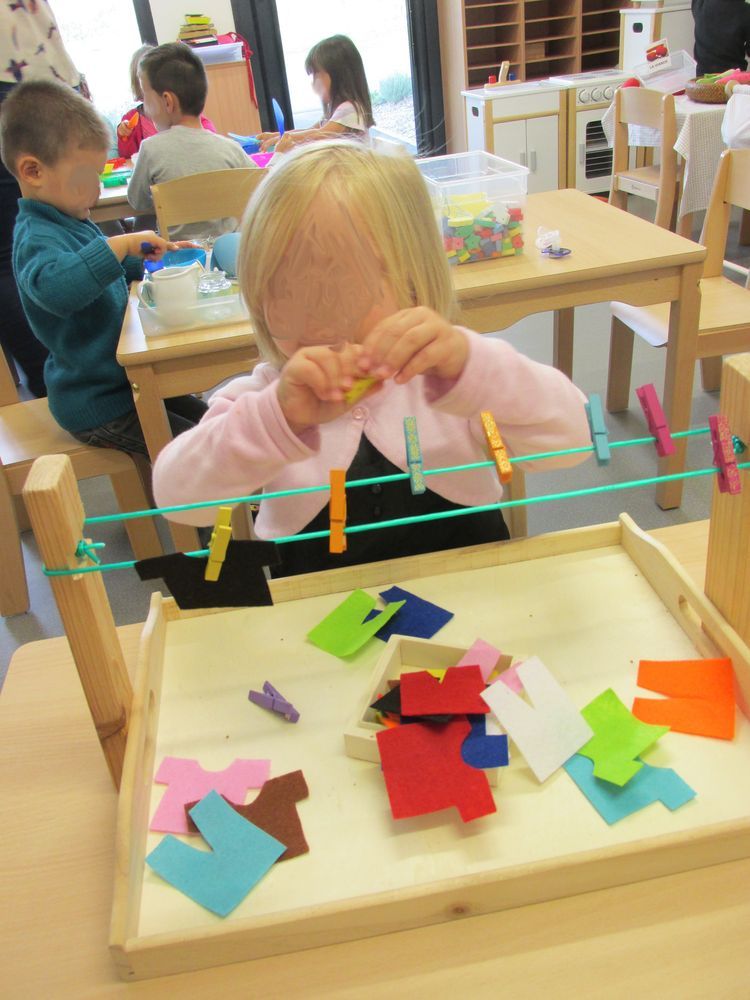
No. 3. Prioritize
In order not to drown in the flow of things, you need to learn to divide them into groups depending on the degree of urgency and importance. According to this principle, the most important and urgent matters (for example, preparing for tomorrow's final test) are done first, and then you can take on unimportant, but urgent and important, but not urgent. This approach will not only allow you to perform the main tasks better while you have strength, but also give you a significant long-term charge: after you complete the most important and difficult task of the day, you will surely feel uplifted, because the main difficulties will be left behind. Then it will be easier to deal with other things. nine0003
If you don't do something, it won't be a tragedy either: at the end of the list there will be not very urgent and not very important things to think about - but do they need to be done at all?
№ 4. Find your own rhythm
Everyone knows the division into "owls" and "larks", but few people really know and use their "best" and "worst" watches.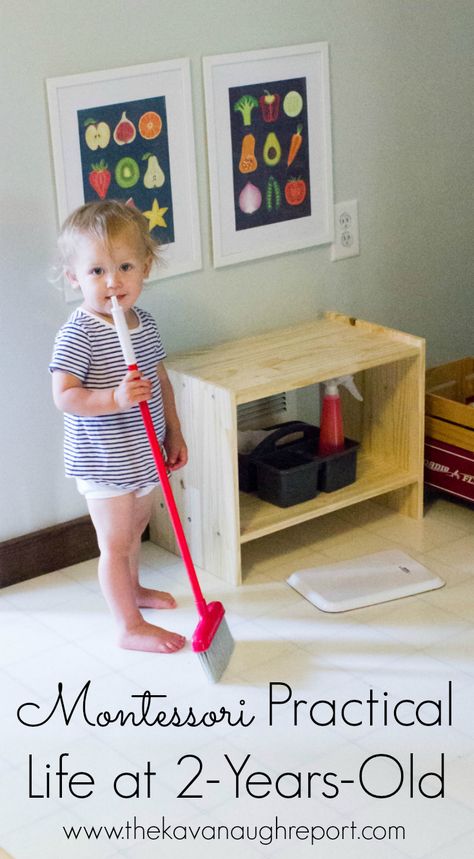 At the same time, the effectiveness of different people at different times of the day can vary greatly. Moreover, if you experiment with your schedule, you will realize that different things work well at different times of the day. nine0003
At the same time, the effectiveness of different people at different times of the day can vary greatly. Moreover, if you experiment with your schedule, you will realize that different things work well at different times of the day. nine0003
Watch yourself. Perhaps instead of staying up late on homework, it's better to get up an hour earlier and do it before school? Or vice versa, sleep well - all the same, in the morning the head does not work.
The same principle applies to the rhythm of work. It’s easier for someone to sit down for a few hours and complete all the tasks in one go, while for someone it’s better if you do a little every day. That is why you need to determine your personal ideal rhythm and try to build the work in the maximum accordance with it. nine0003
No. 5. While working, work
A necessary rule of effective work is immersion in what you are currently doing. When a person fully concentrates on one task, he performs it many times faster and better than constantly being distracted by something else.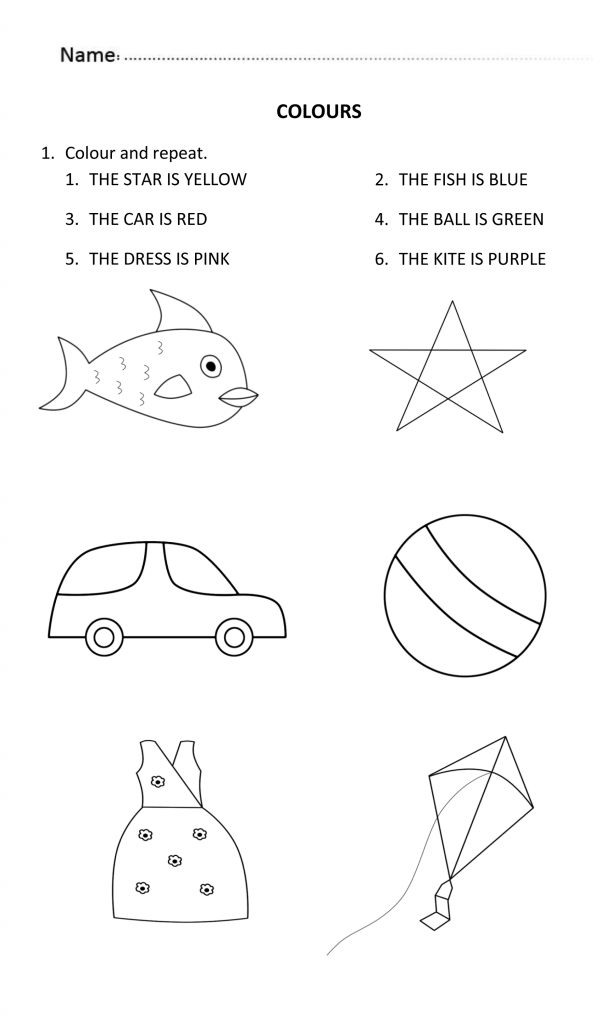 If you are writing an essay on literature or doing homework in chemistry, it is better to turn off your mobile phone for this time, close your browser and applications with social networks.
If you are writing an essay on literature or doing homework in chemistry, it is better to turn off your mobile phone for this time, close your browser and applications with social networks.
It may be difficult to concentrate on one activity at first, but even if you can't get away from gadgets for a long time, hold on as long as you can. Half an hour of full-fledged, concentrated work will be more productive than two hours of constant answering friends, looking at pictures, etc., and if you train concentration, it will become easier to dive into work over time. nine0003
To make it easier to endure a period of intensive work, you can try setting yourself a Pomodoro timer: 25 minutes of work and five minutes of rest. Then there will be no feeling of fatigue, and work efficiency will not decrease.
No. 6. Find motivation
Sometimes it can be difficult to get started on a task, especially when it is difficult or the subject is unloved. But, unfortunately, such things have to be dealt with.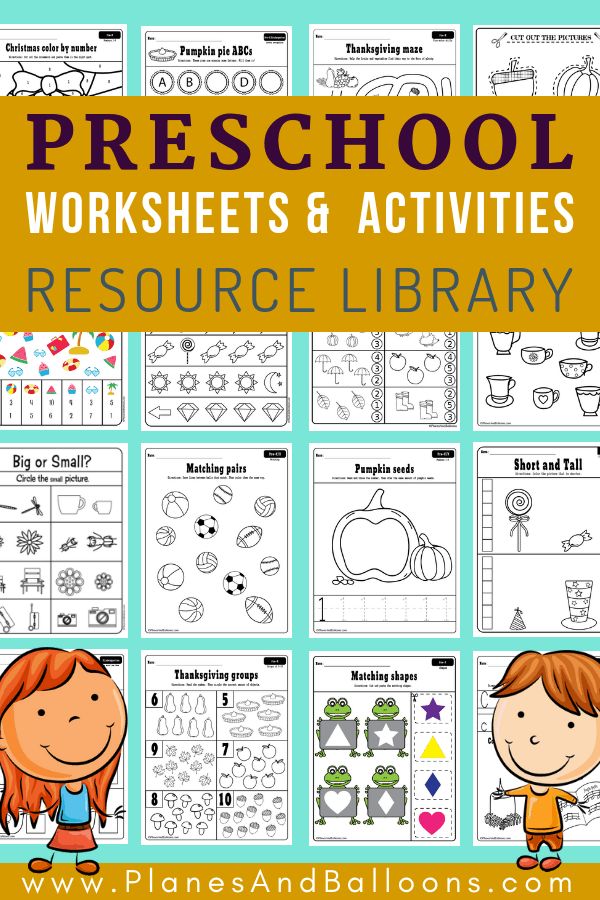 If you understand that this work cannot be avoided, you should try to "persuade" yourself, find motivation to complete the task. nine0003
If you understand that this work cannot be avoided, you should try to "persuade" yourself, find motivation to complete the task. nine0003
Any items, ideas, people, and characters that are of value to you will come in handy. Put up a poster of Sheldon Cooper who won't approve if you don't do your physics homework, or tell yourself that for every math exercise you solve, you'll get a candy cane. Agree with your parents that they will give something for doing serious work or, for example, for a five in a quarter in a subject that is not given to you.
Motivation can also be found at a higher level. Think about why you need to study: without finishing school you won’t enter the chosen university, you won’t be able to impress your classmates, etc.
No. 7. Alternate tasks
Our brain gradually gets tired of the same work, so it is best to plan your day so that it alternates activities that require different skills. For example, intersperse solving problems in mathematics with reading a history textbook, and only then proceed to similar (from the point of view of brain function) tasks in physics.
By the same principle, it is good to choose hobbies and ways to relax after school. Both your brain and your body as a whole will rest much better if you go for a walk with friends than if, after many hours at your desk, you move to the computer, where you will also sit and strain your eyes. nine0003
If you can't choose different things at all, even a simple warm-up for five minutes will do the trick - you will give yourself at least a little time to switch.
No. 8. Team up with others
Some people are better at composing, while others are better at solving problems in geometry, and this is worth taking advantage of. Cheating off an excellent student is not a good idea: it will then have an extremely negative impact on exam results. However, you can always ask him to explain an incomprehensible topic in exchange for help in studying a subject in which he understands worse. nine0003
You can agree with classmates and prepare for classes and tests together - this format will bring a lot of benefits both in terms of time and in terms of the quality of work.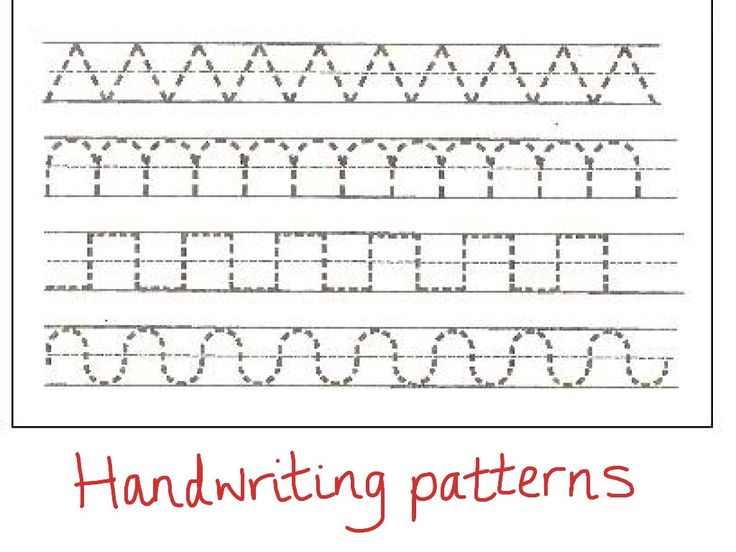
By explaining a topic to someone, you yourself will strengthen your knowledge, and by listening to others, you will finally understand a discipline that is difficult for you. In addition, by determining the time for preparing homework in advance and coordinating it with classmates, you will not give yourself the opportunity to evade a difficult or unloved activity.
No. 9. Analyze what you have done
It may happen that you seem to be doing everything right: make a list of tasks, alternate them, schedule them by the hour, but still you don’t have time for something or feel exhausted by the evening. This means that an error has crept into the plan, and in order to avoid it in the future, it is necessary to regularly (for example, at the end of the day or at the end of the week) check the compliance of the plan with its actual implementation.
Such an analysis can be disappointing. For example, you find out that, despite all the schedules, at some point you "fell off" and left to watch the series. Or that a task you set aside for two hours actually takes four hours each time. In both the first and second cases, you should not despair - just next time you need to make a plan taking into account your own characteristics. If you constantly go to watch the series after studying, put it on a schedule, and allocate four hours for a difficult task, even if you think that you should have done it faster. This approach will help you not to reproach yourself for the unfulfilled plan, and to realize how much you really have time to do. nine0003
Or that a task you set aside for two hours actually takes four hours each time. In both the first and second cases, you should not despair - just next time you need to make a plan taking into account your own characteristics. If you constantly go to watch the series after studying, put it on a schedule, and allocate four hours for a difficult task, even if you think that you should have done it faster. This approach will help you not to reproach yourself for the unfulfilled plan, and to realize how much you really have time to do. nine0003
No. 10. Don't forget to rest
In the pursuit of personal efficiency, many people tend to fill their schedules with things to the eyeballs. It seems to them that if you don’t spend ten hours a day preparing for the exam, you definitely won’t pass it, chemistry is not given so easily and there is no time to rest.
However, rest is necessary, not only for a full and happy life, but also for effective work. It seems like the more you do, the more you get done, but it's not.

